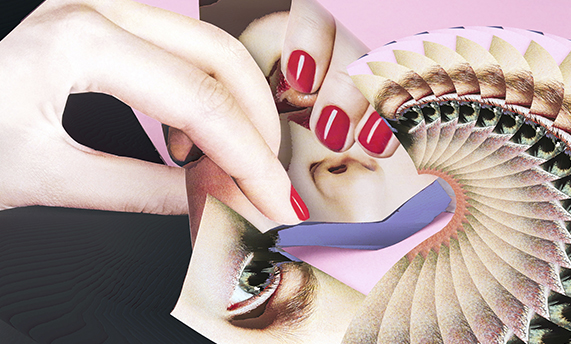
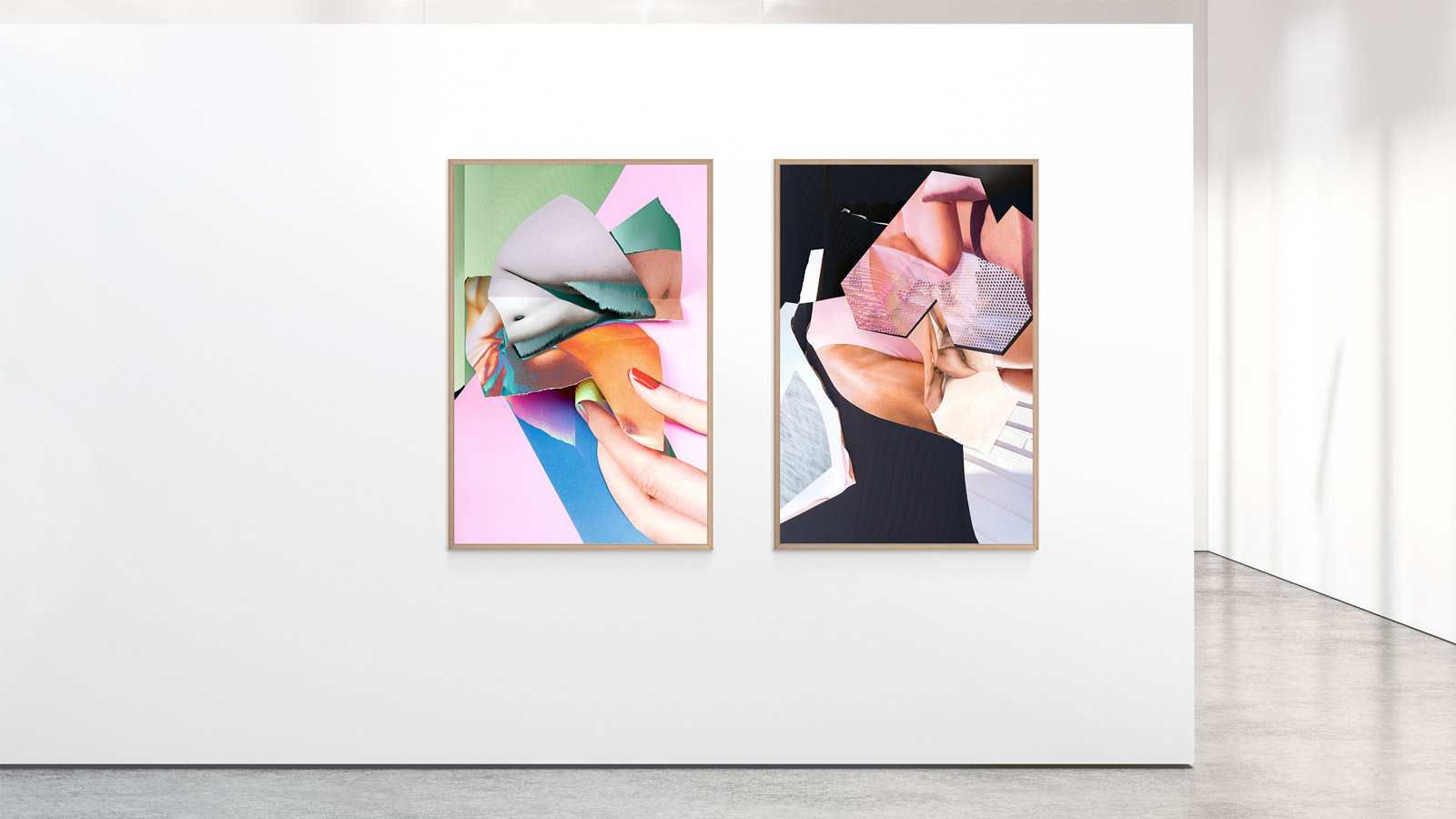
Text
I r e n R u s s o
Description of the project
Body Editor
photographic project (a series of photographic prints and GIF files)
Link to the full project: ewa-doroszenko.com/bodyeditor
The project was inspired by the failures and bugs in the popular beauty apps, where unnatural bodies get distorted. While the Internet can seem like a place disconnected from the physical world, much of the activity that occurs there deeply affects how we feel outside of it. In the age of social media, technology provides women with tools that allow them to quickly create dream digital images of themselves. Using various beauty applications, they can smooth, contour their faces, whiten their teeth, add a few centimeters of height, enlarge their eyes, choose different mouths, and use many other options. Digitally edited images can serve as aspirational fantasies and occasionally they even can have a positive impact – when they are just effects of joyful entertainment. But can the game in which your body is a battleground be truly enjoyable? The phrase from Barbara Kruger’s iconic work has just as much resonance today as it did more than a quarter of a century ago.
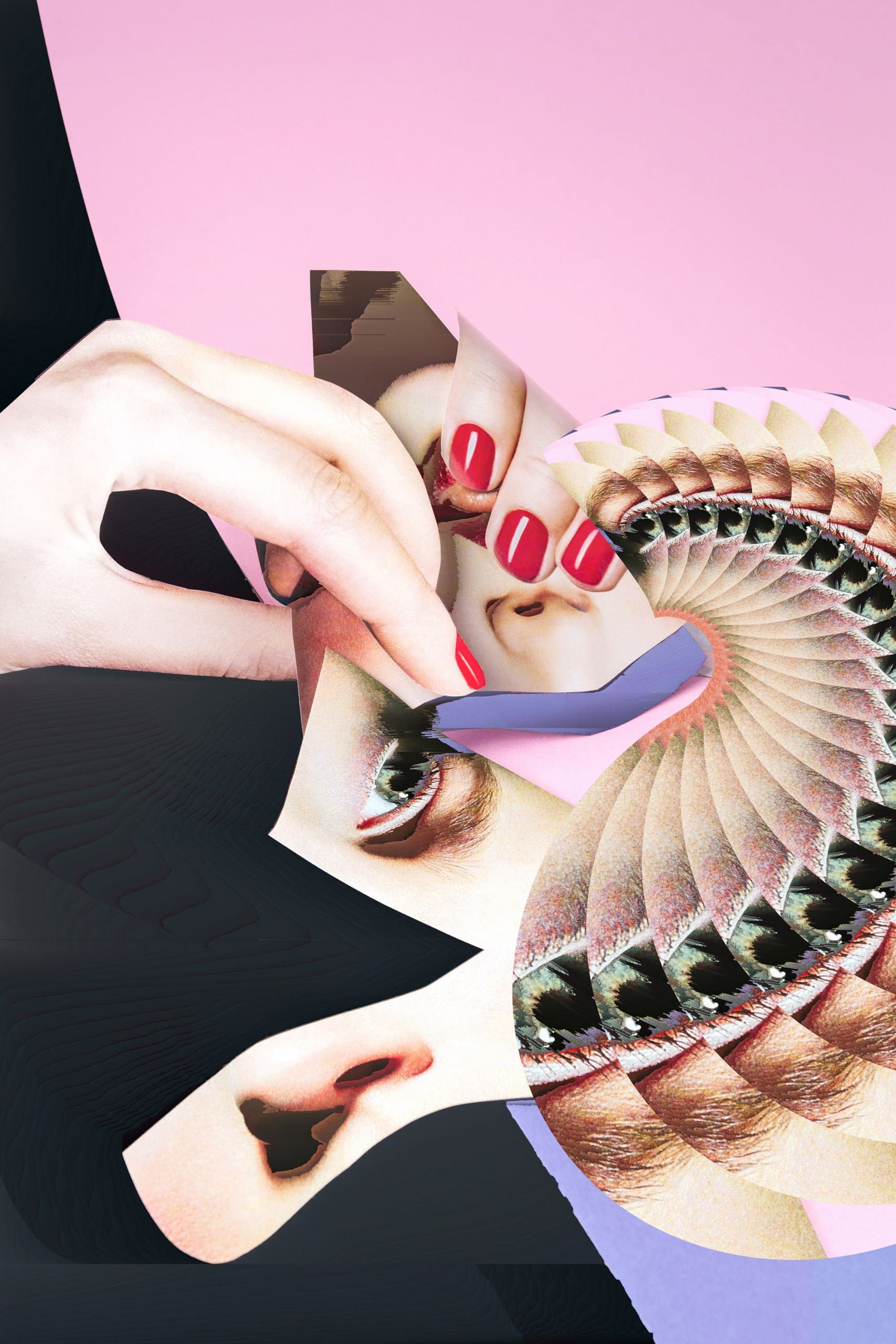
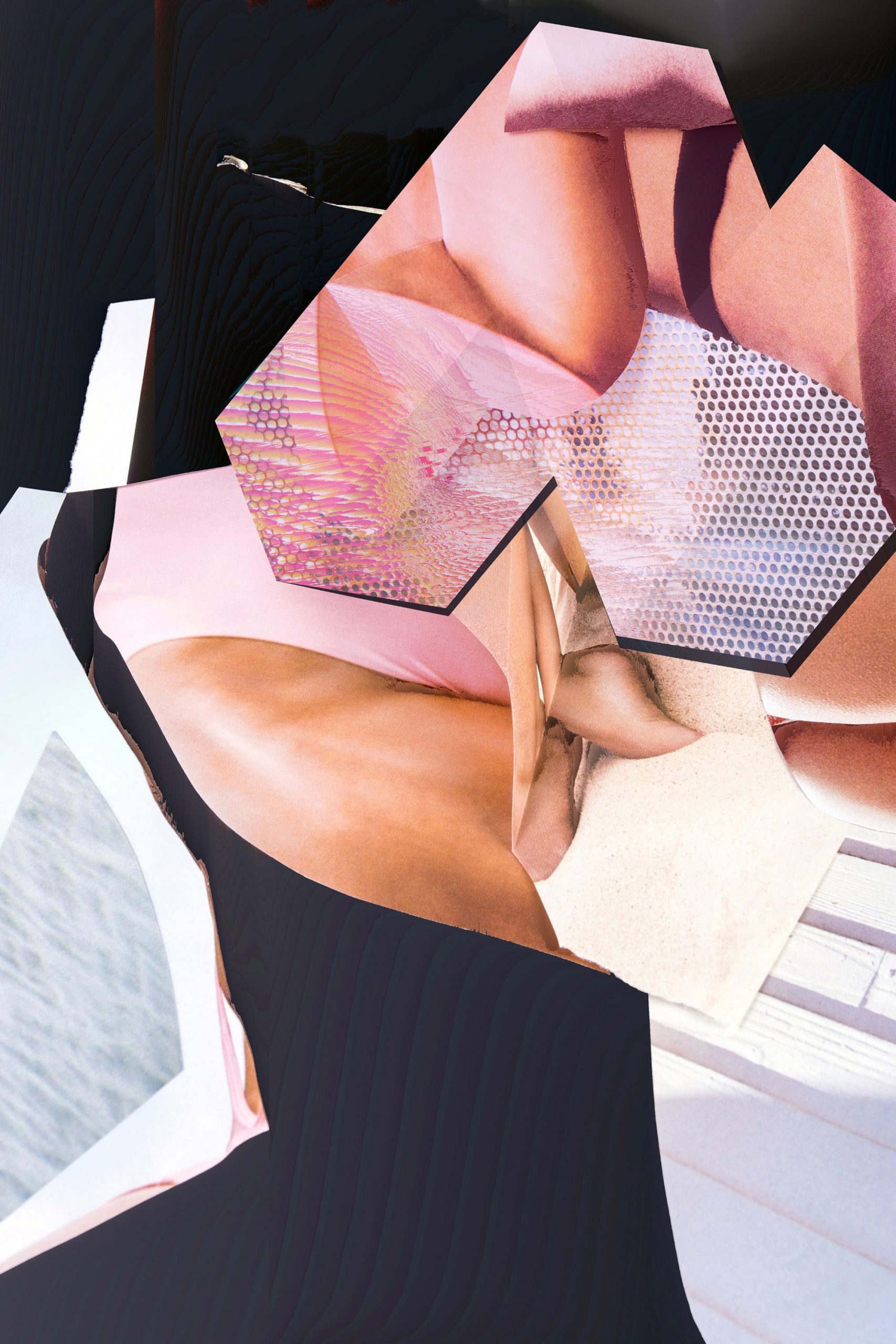
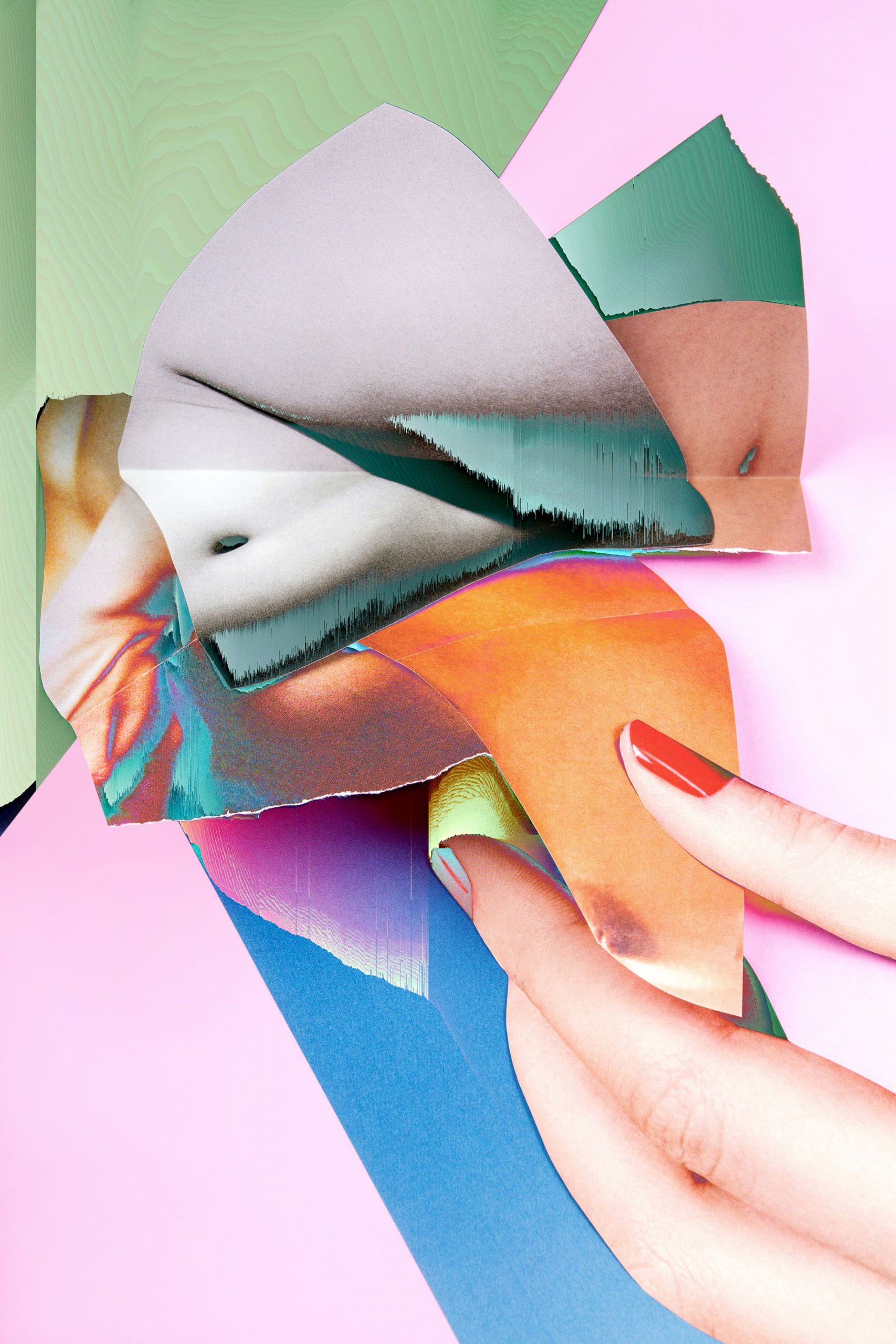
While preparing the project I used photography as a starting point, alongside digital tools to create an expressive project that is both a critique and a celebration of the ongoing progress in contemporary technology and culture. I employed many methods of creating images: preparing three-dimensional collages constructed from free stock images and my portraits, photographing the scenes, printing in large sizes, physically manipulating prints, and digitally editing selected photos. In the final work, I tried to leave visible traces of digital processing, partly revealing my working methods to provoke discussion about contemporary photography.
How did you get into art?
I never doubted that I wanted to be an artist. Even as a child, I heard very often that I am very talented in drawing. Although my interests were quite broad and I liked science very much, the desire to create my own reality through art eventually won. I studied painting, which quickly became a basic medium in my projects, and finally, I got my doctoral degree in fine arts at the Nicolaus Copernicus University in Torun. During my studies, I also began to experiment with a conceptual approach to photography. I started to understand photography not as a single act of liberating the shutter, but as a sequence of resulting actions, which extends from aesthetic choices, the staging of scenes, physical and digital manipulation of images to the final arrangement of the exhibition. Currently, in my work, I use the consonance of many media – from photography to sound. I am constantly fascinated by art and its use as a kind of language.
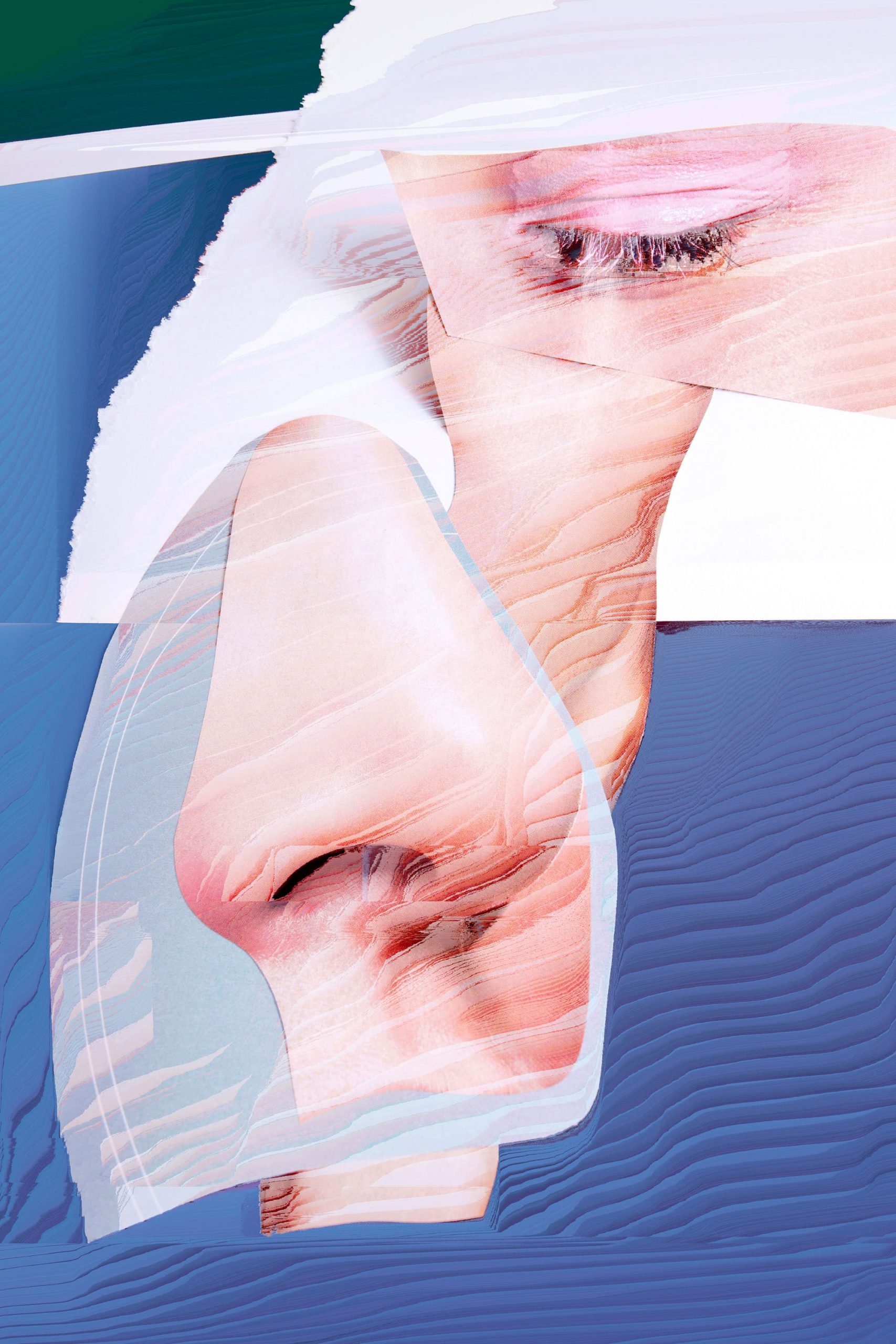
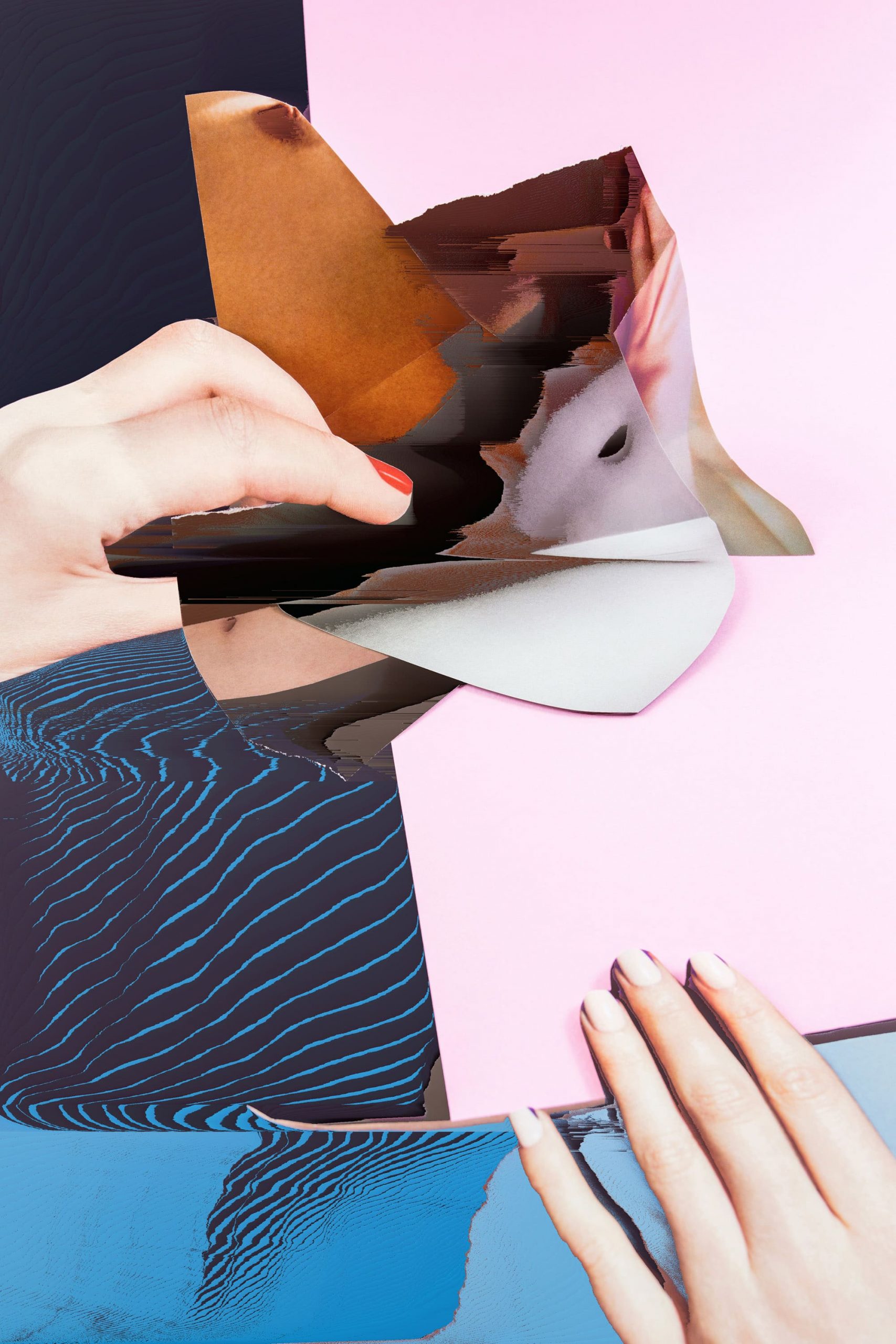
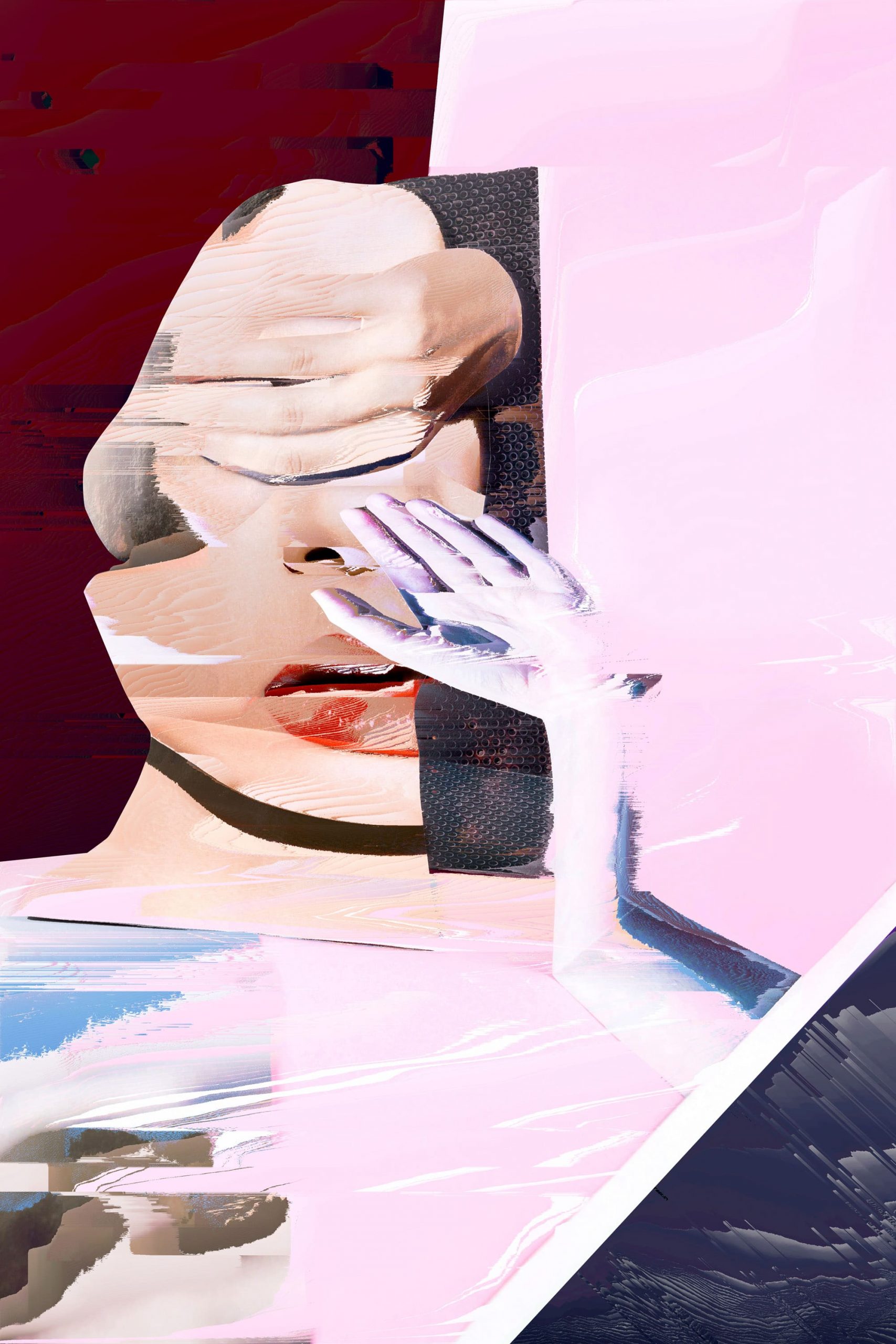
What does art mean to you personally?
First of all, I try to use art to create new worlds, a reality different from that which surrounds me. Art is also my primary tool for researching and describing the issues of contemporaneity. I am primarily interested in the meaning of the image in technological reality and the fluidity of beauty standards. My artistic explorations are not limited by any medium, either traditional or digital. Trying to express my thoughts, I experiment with various methods and technologies. Whenever I think about creating new works, I try to create structures with multiple layers of meaning. The material choices are calculated and meant to bring on the idea.
Is there a goal you’re trying to accomplish?
Sure, I usually try to have clearly defined goals. Of course, as I grow and respond to a changing situation, I modify my goals. This makes it much easier for me to make decisions. On the other hand, there is a lot of room for experimentation in my artistic activity, so I often don’t know where the whole creative process will lead me. That is why I try to maintain a balance between planning activities and responding flexibly to the situation.
At the moment, together with my husband Jacek Doroszenko, we are working on a new project entitled „Bodyfulness“, which, like our previous activities, is a creative experiment combining sound and visual art. My goal is to release the project this year in a form of the unique music album and present an exhibition which is an audiovisual study of how modern technology and culture change our intimate relationships.

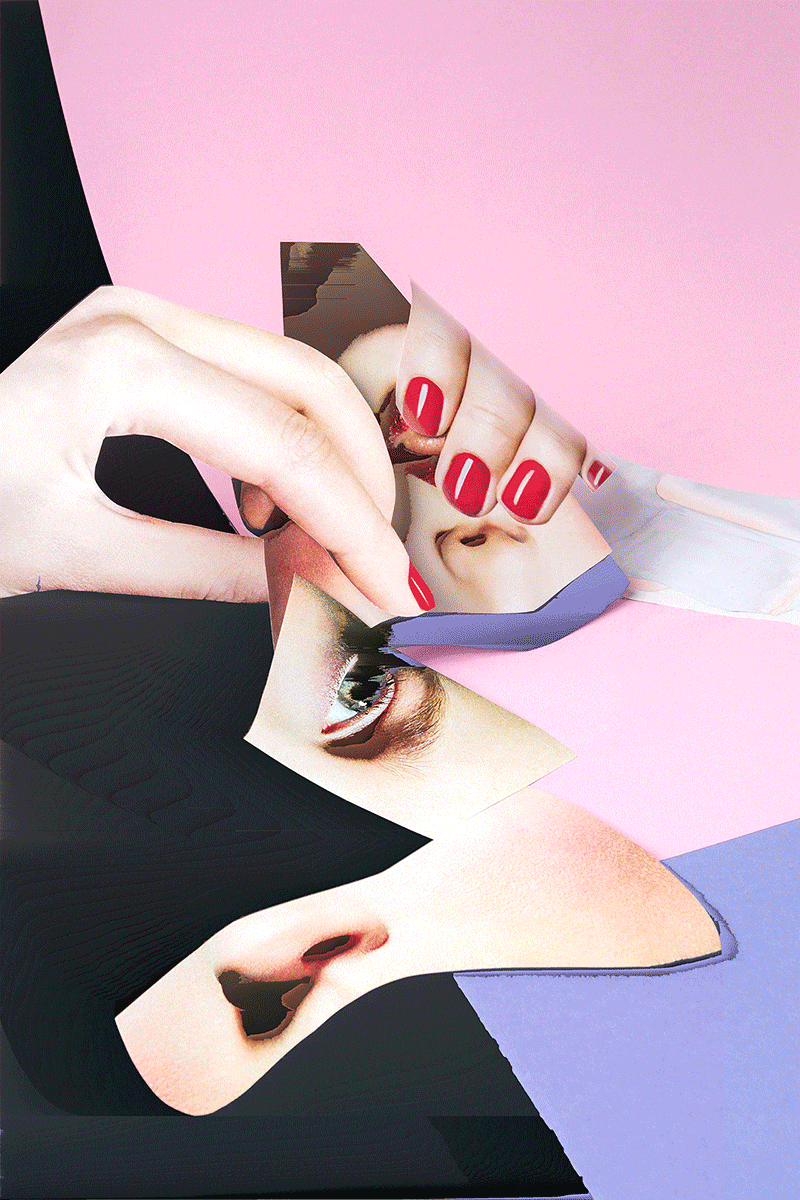
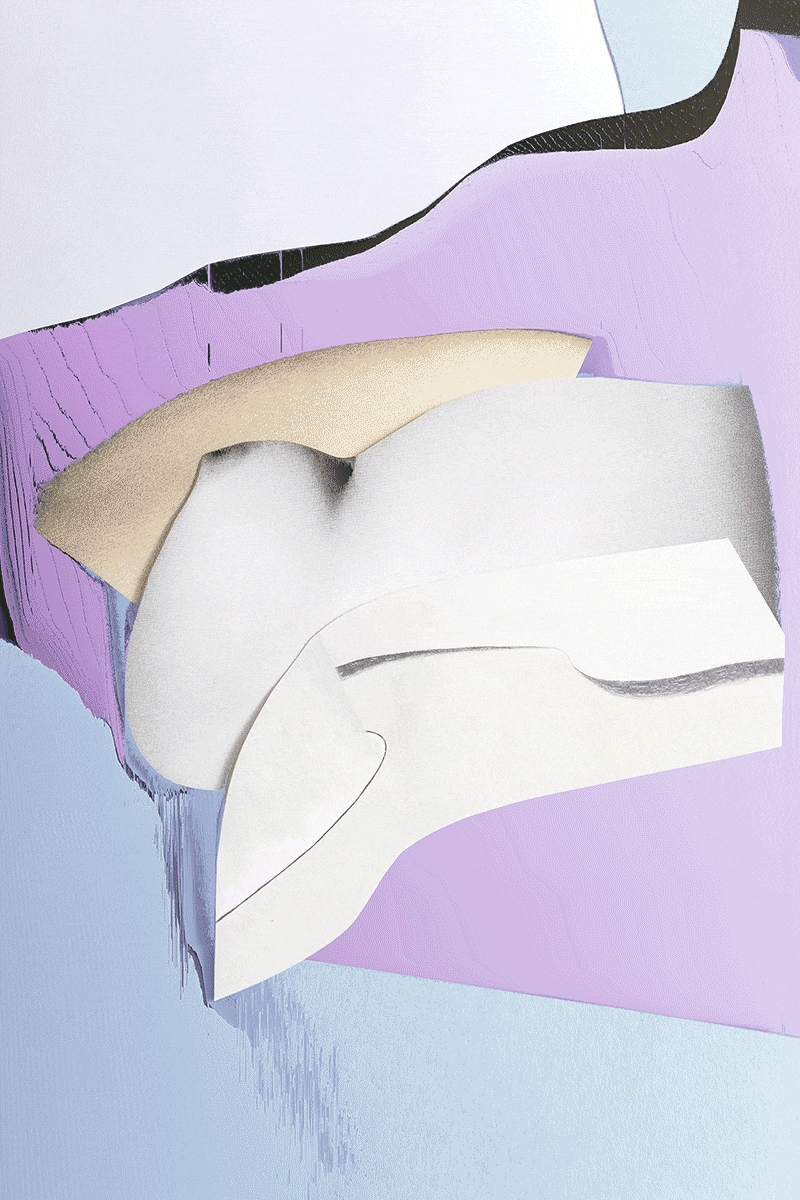
Do you have a life philosophy?
Yes, I have a certain philosophy of life. In a nutshell, it can be described as follows: I try to concentrate my energy on the things that depend on me. If I do something, I want to do it in the best and most professional way possible, regardless of whether my action is appreciated or not.
How do you think the art world will shape in the future?
The ongoing pandemic and simultaneous digital transformation have a huge impact on economic and social development. There are also great changes in the field of culture and art. As reality is increasingly being challenged by the virtual world and technologies are developing so rapidly, I think that in the future artistic productions will become more engaging and interactive. These new approaches and tools will perhaps allow even more artistic freedom, offering completely new creative opportunities, including the possibility of mixing elements that were probably impossible to combine before. I think that in the future, the physical experience of the exhibition will continue to be strong. But galleries will expand significantly in ways that are not just physical, but also digital.
Ewa Doroszenko Instagram: @ewadoroszenko

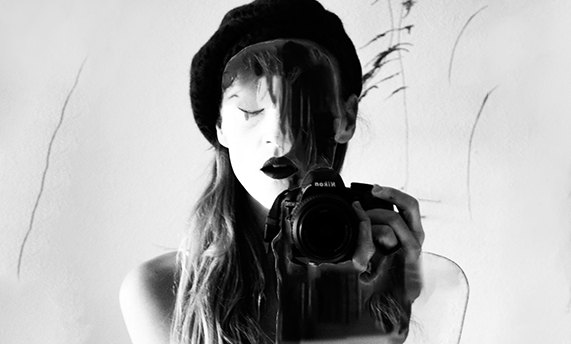
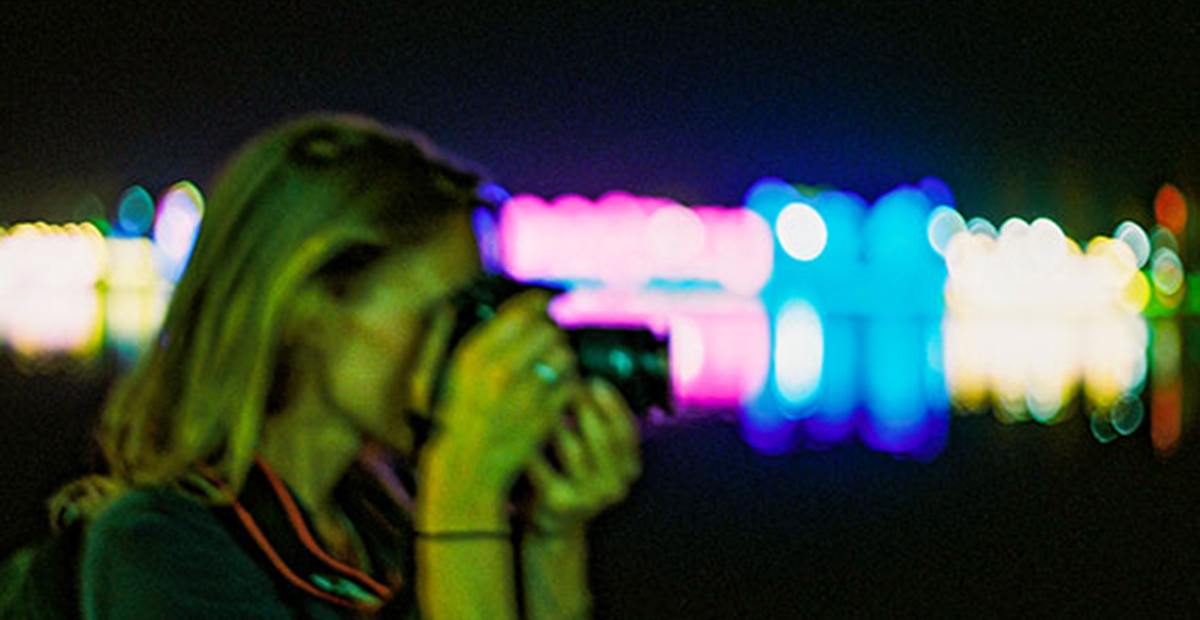

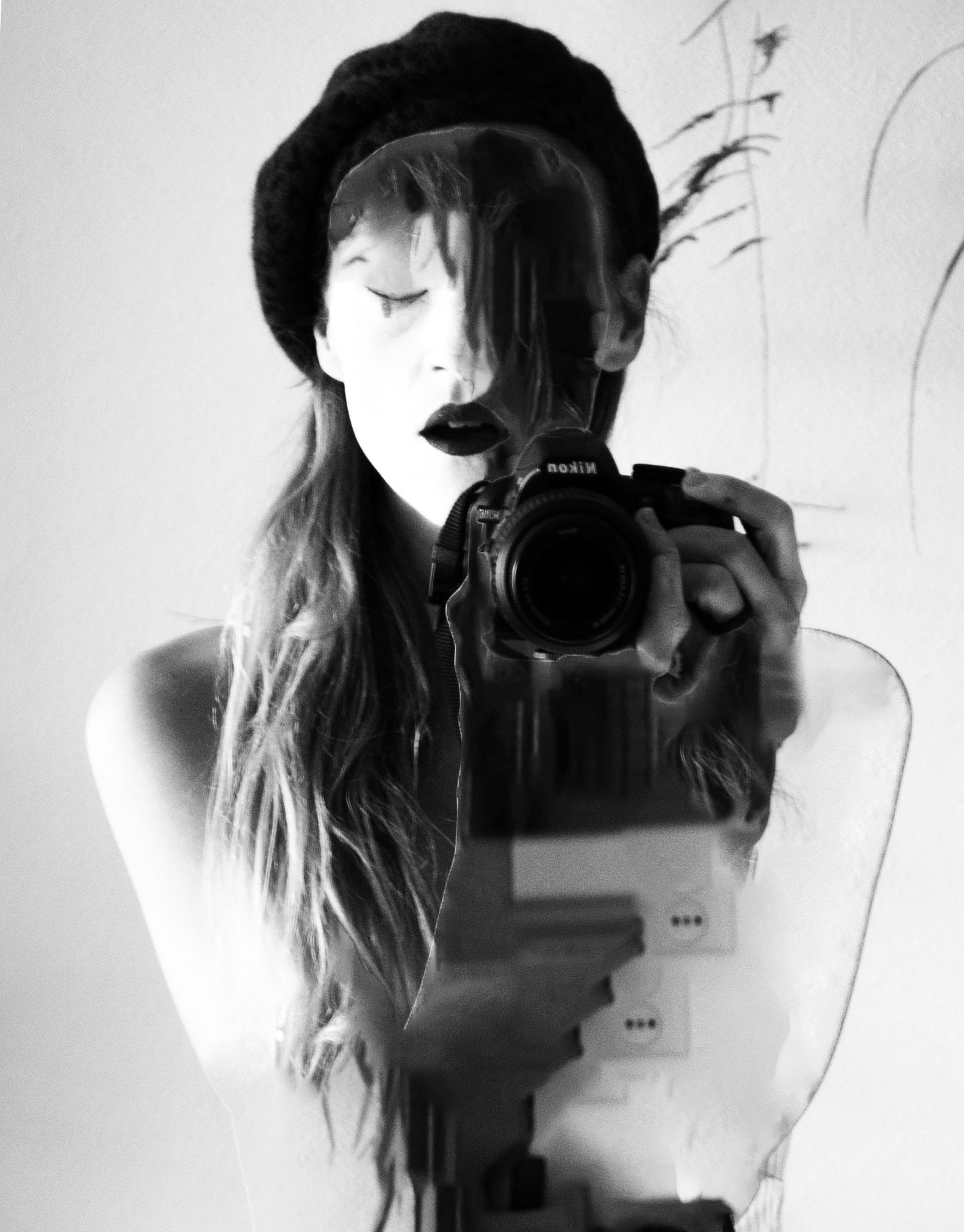
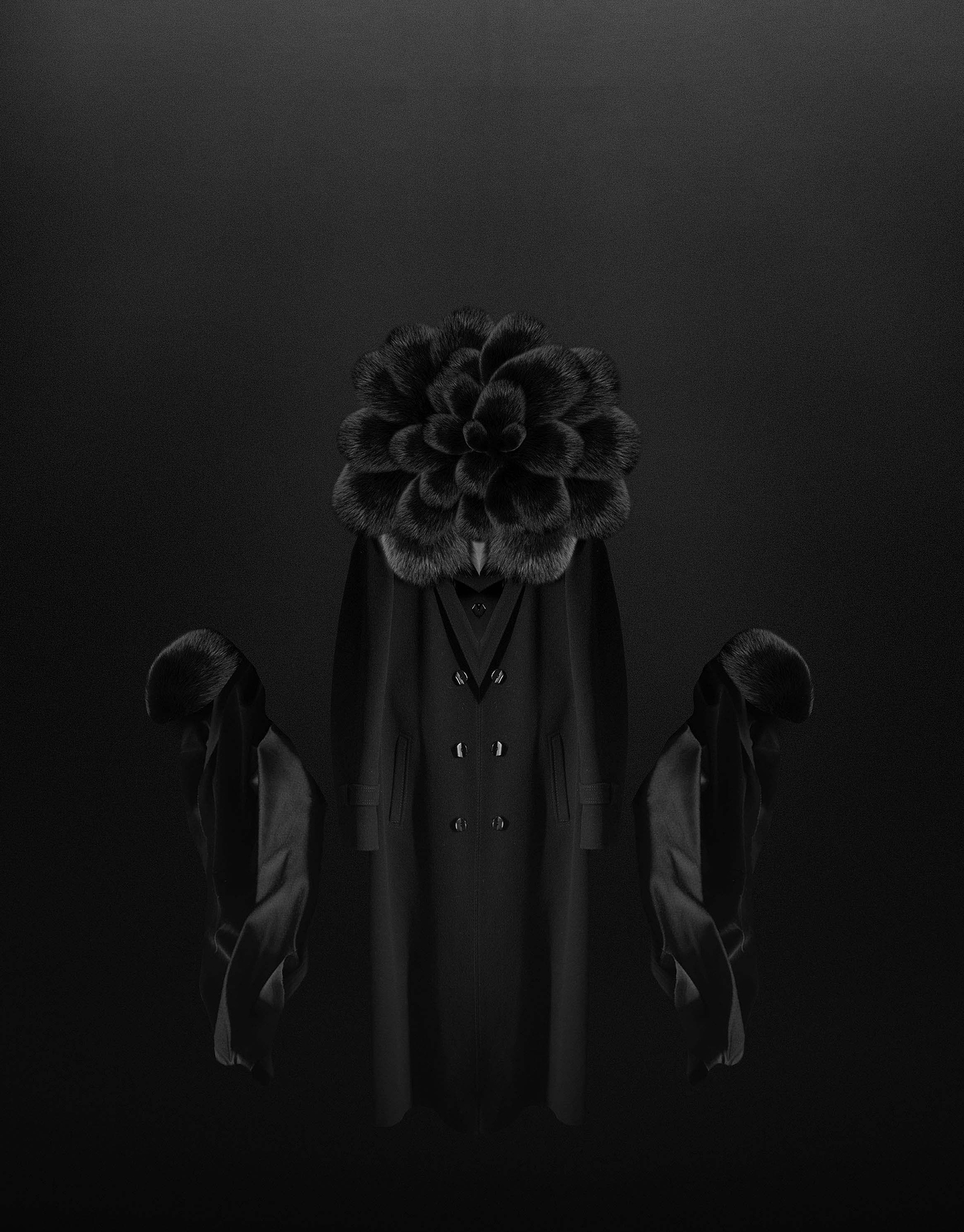

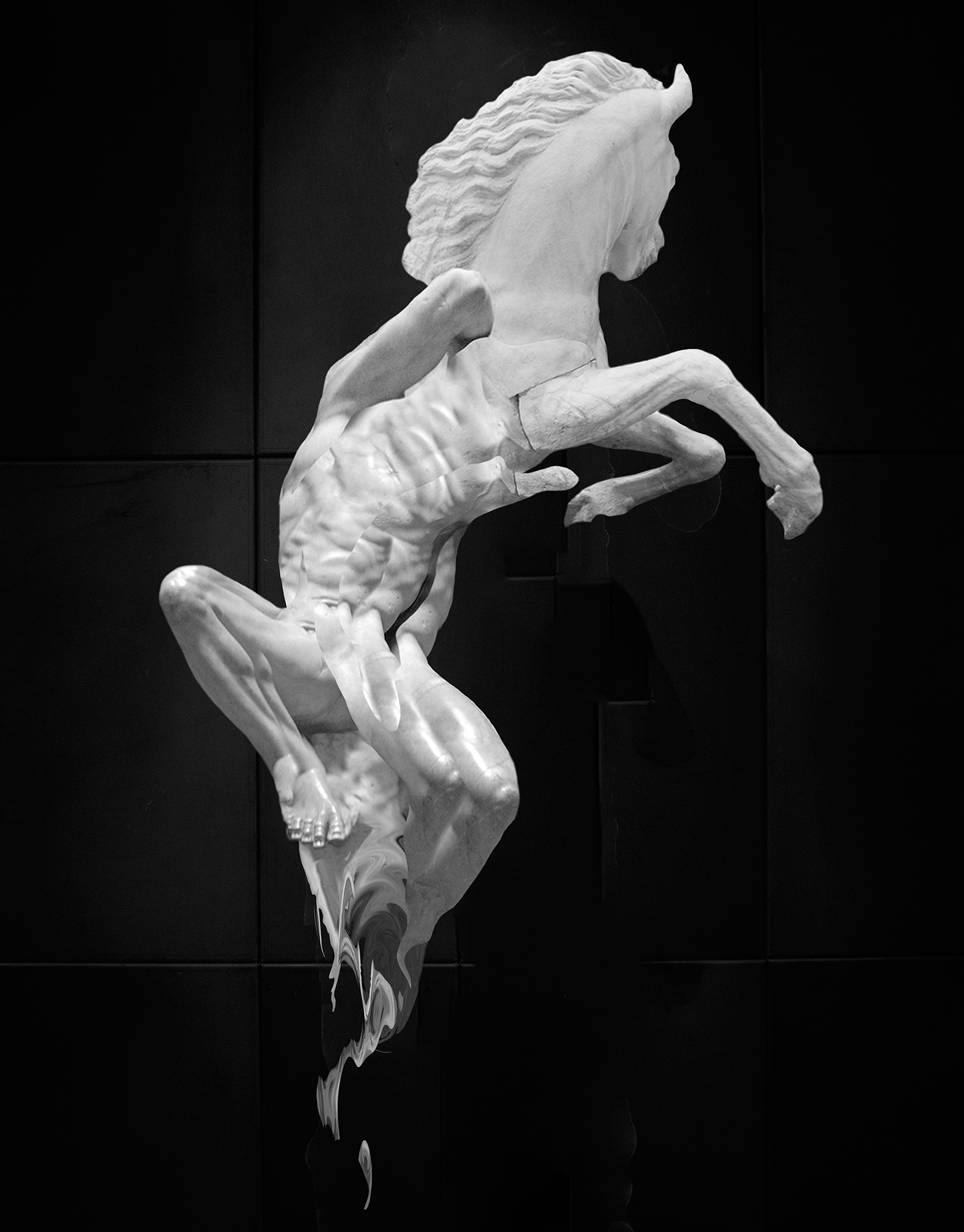
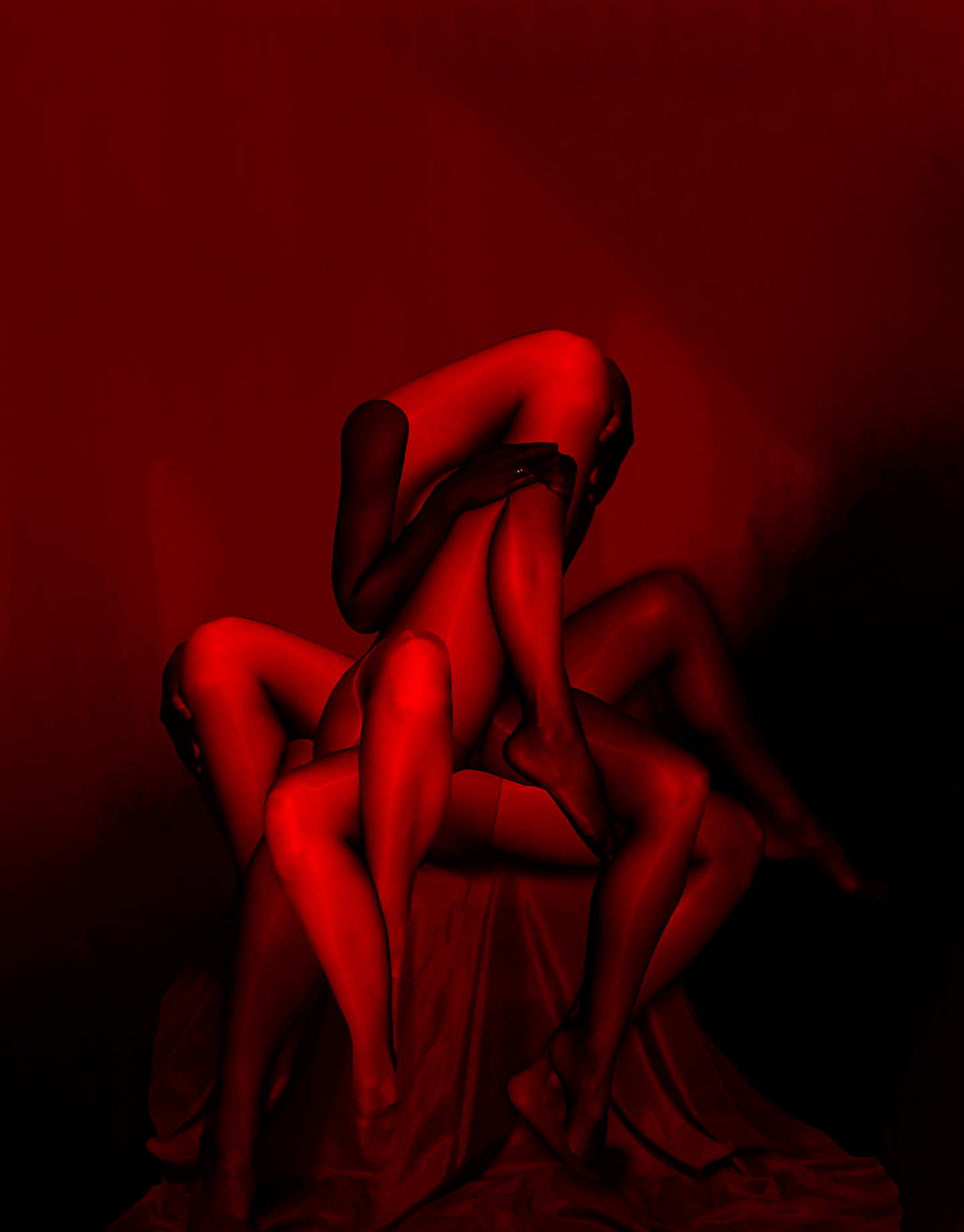
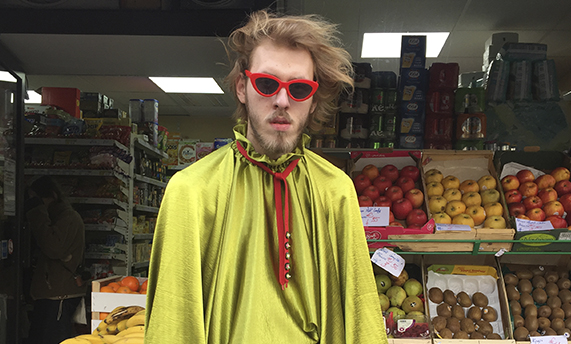
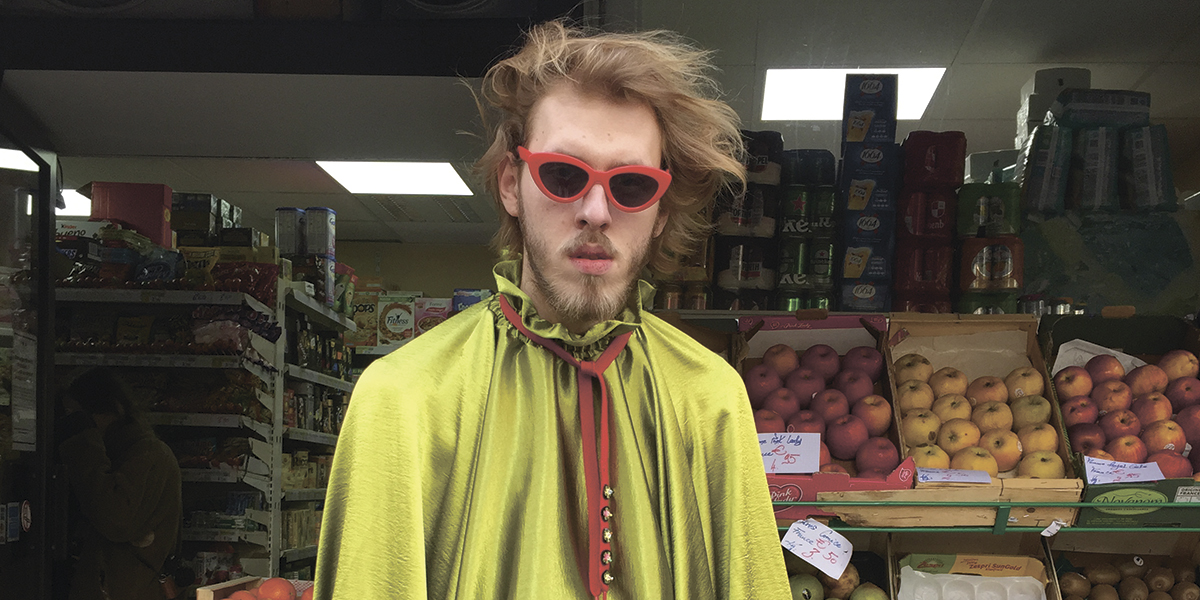
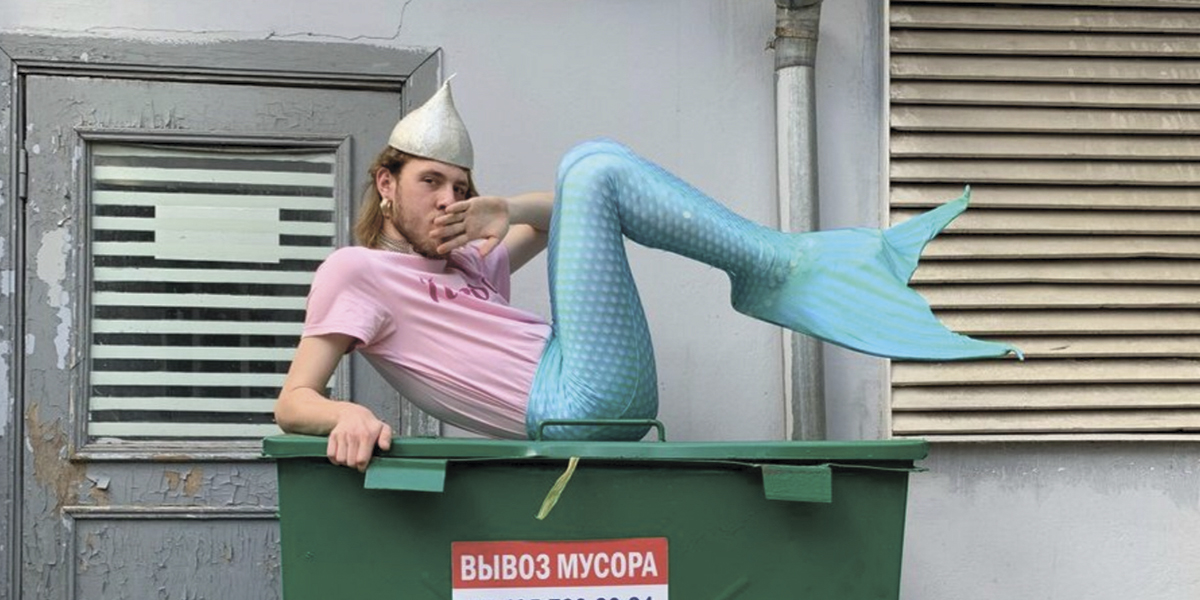
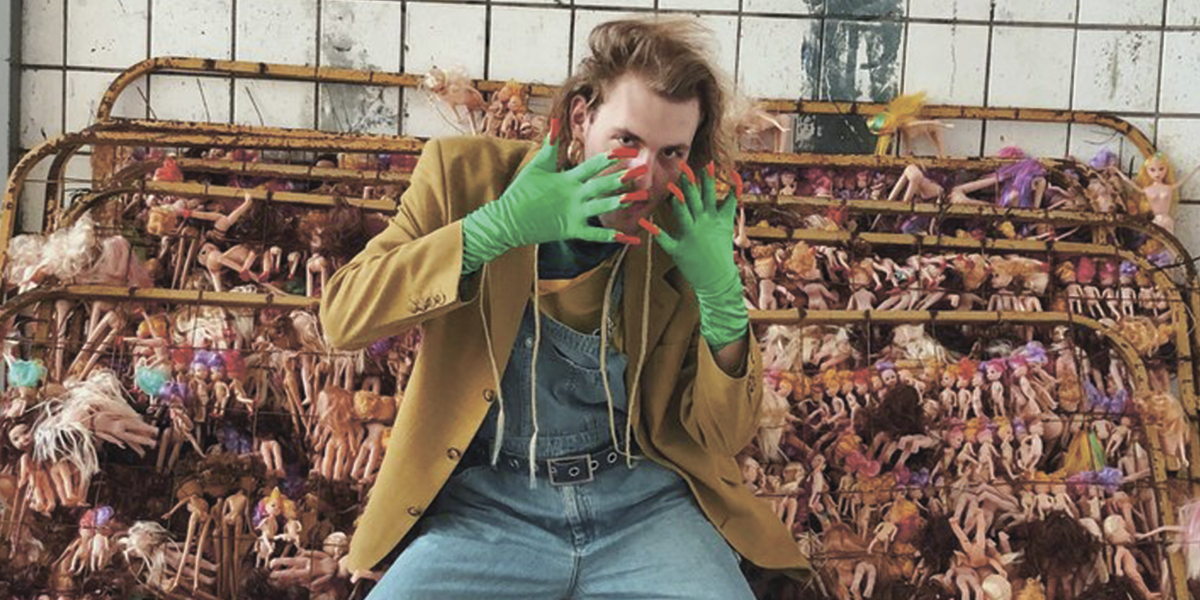
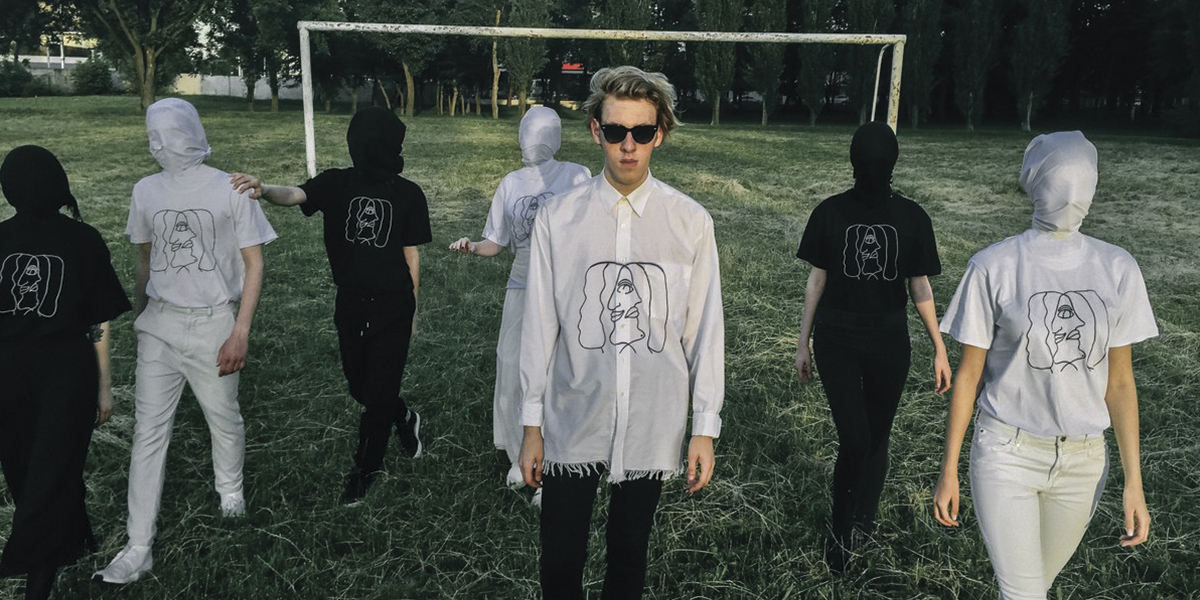
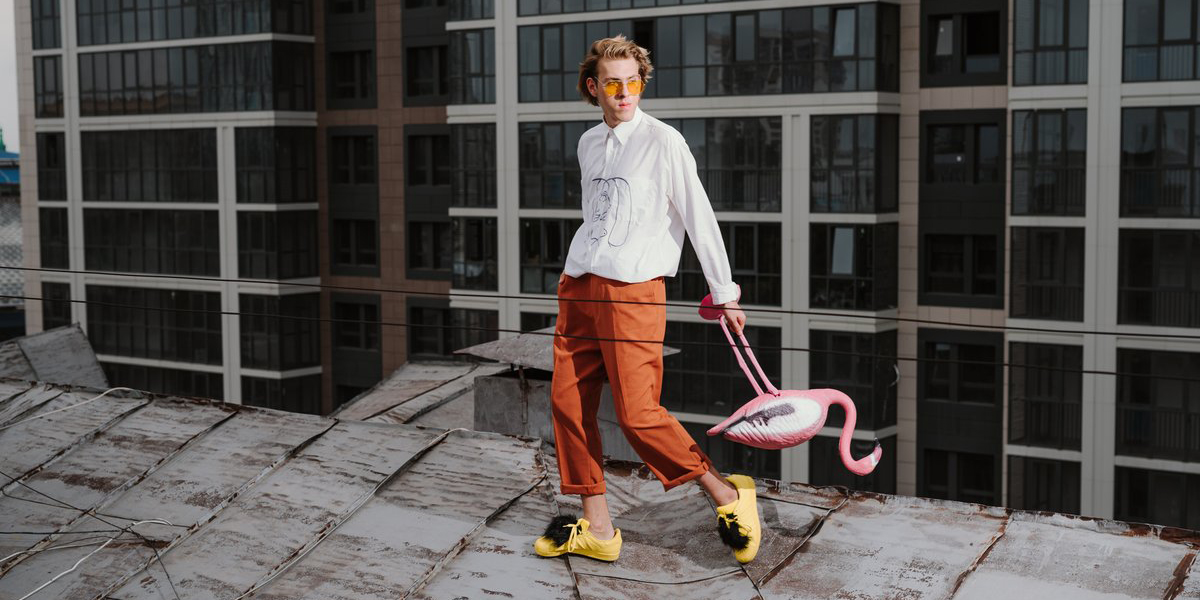
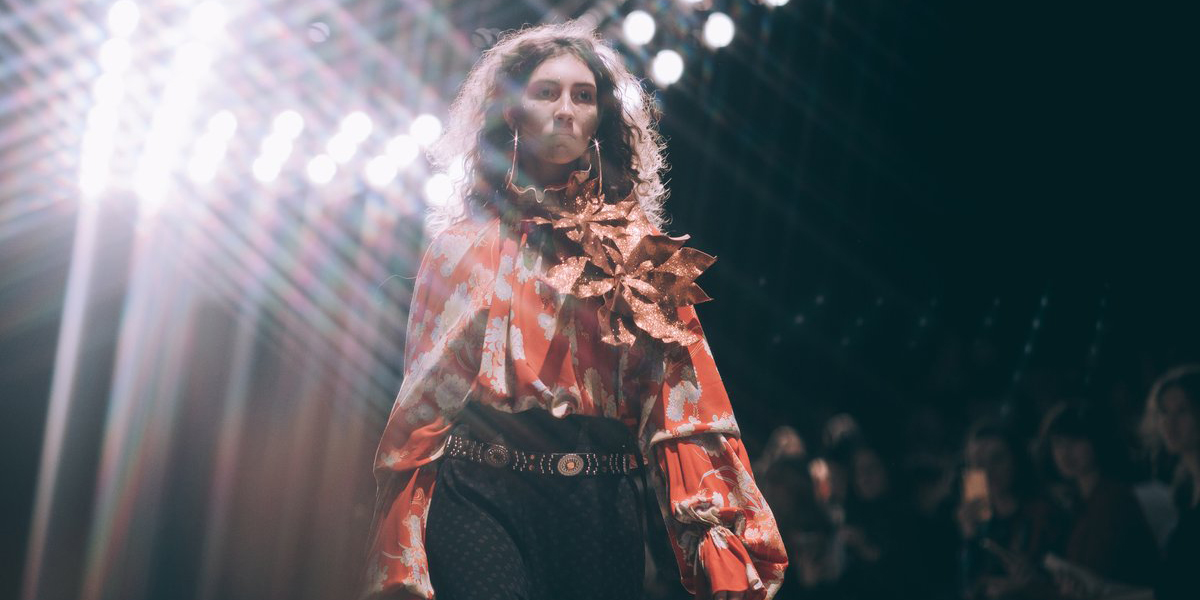
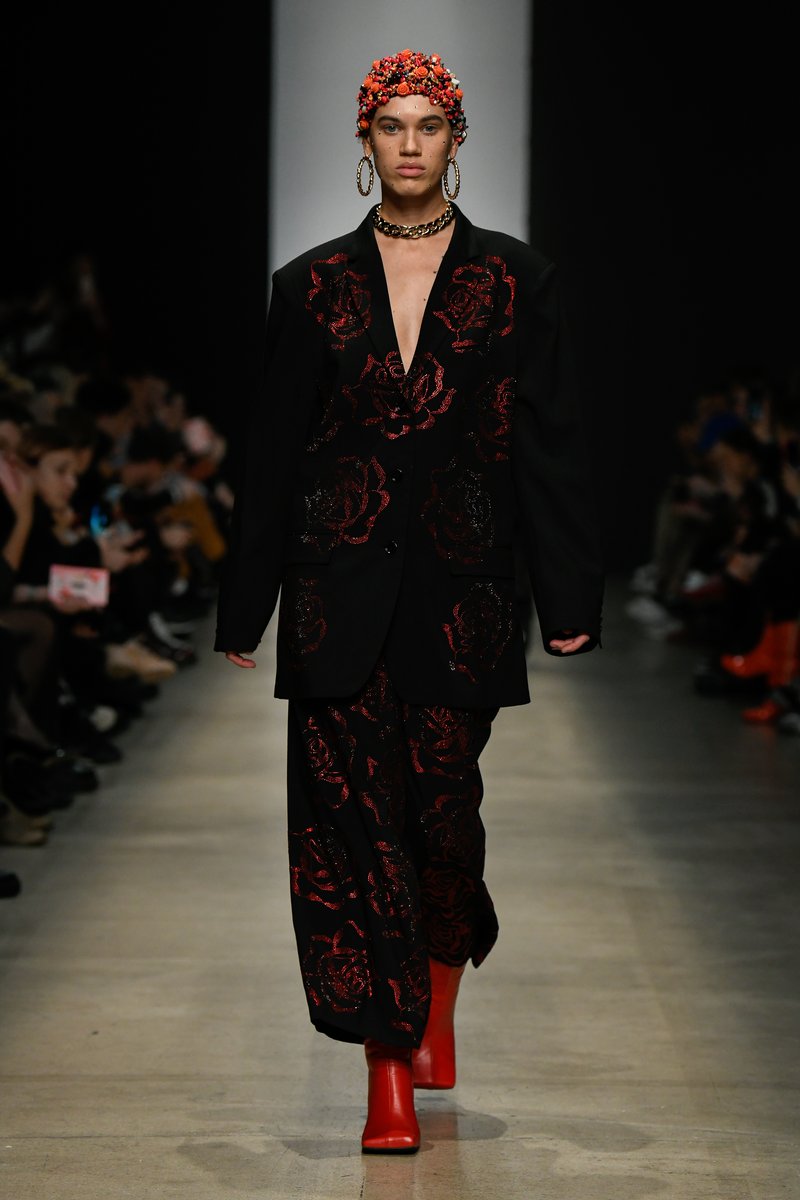

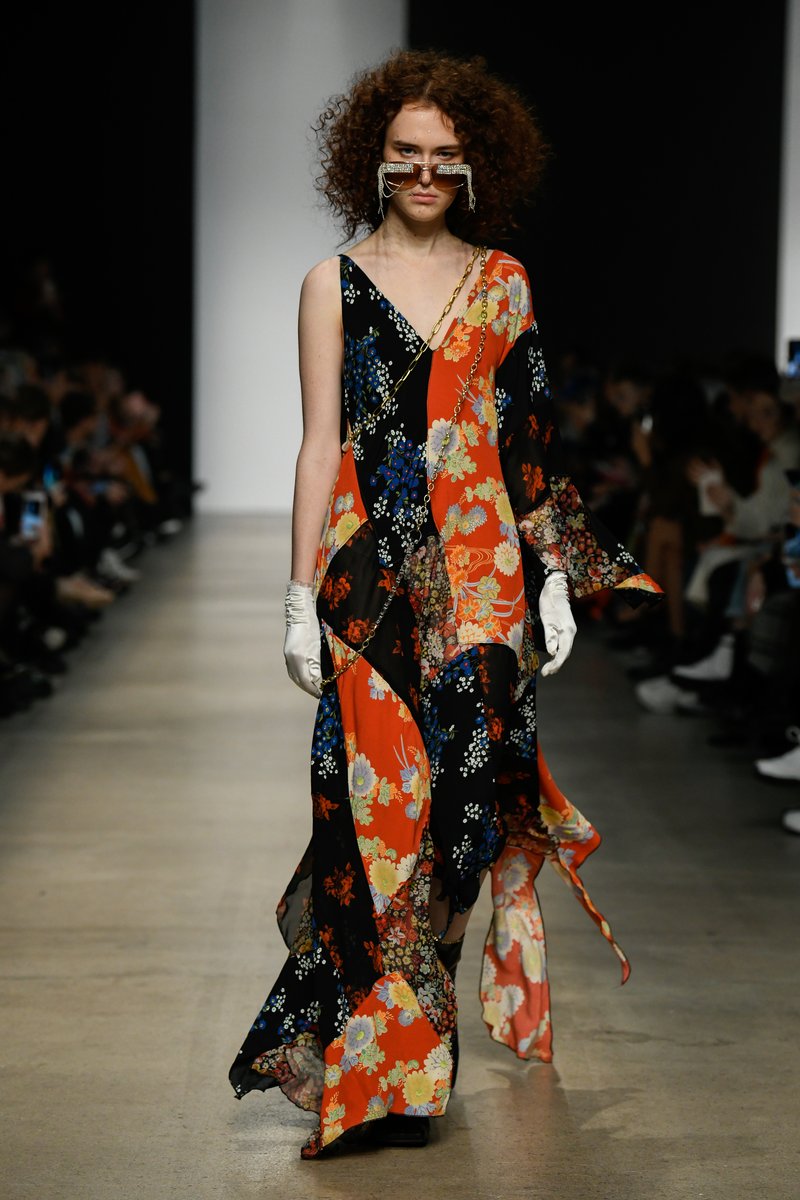
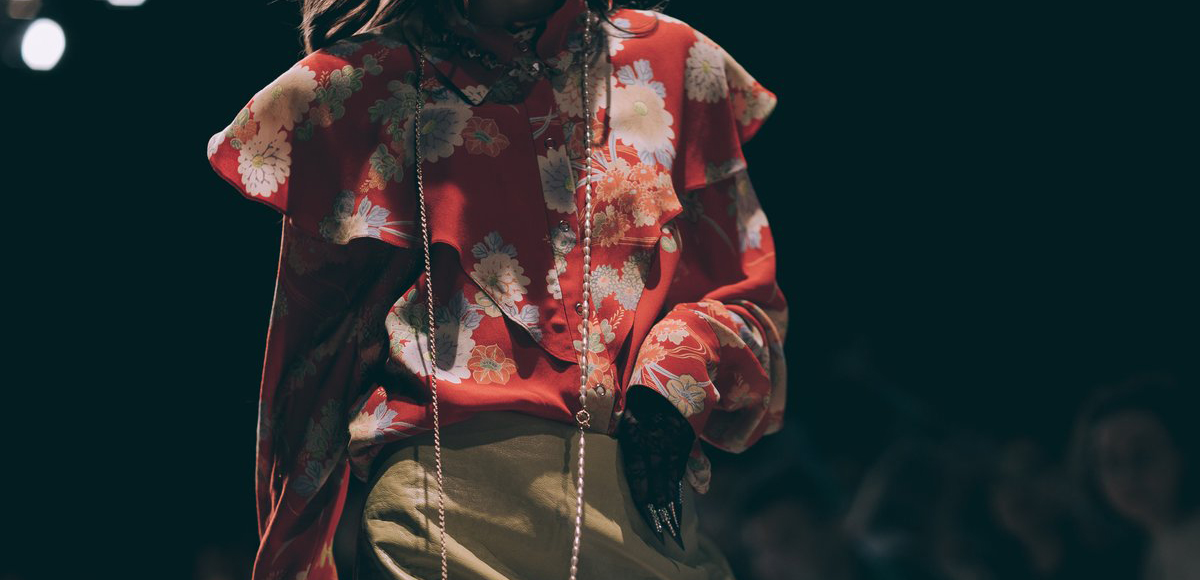
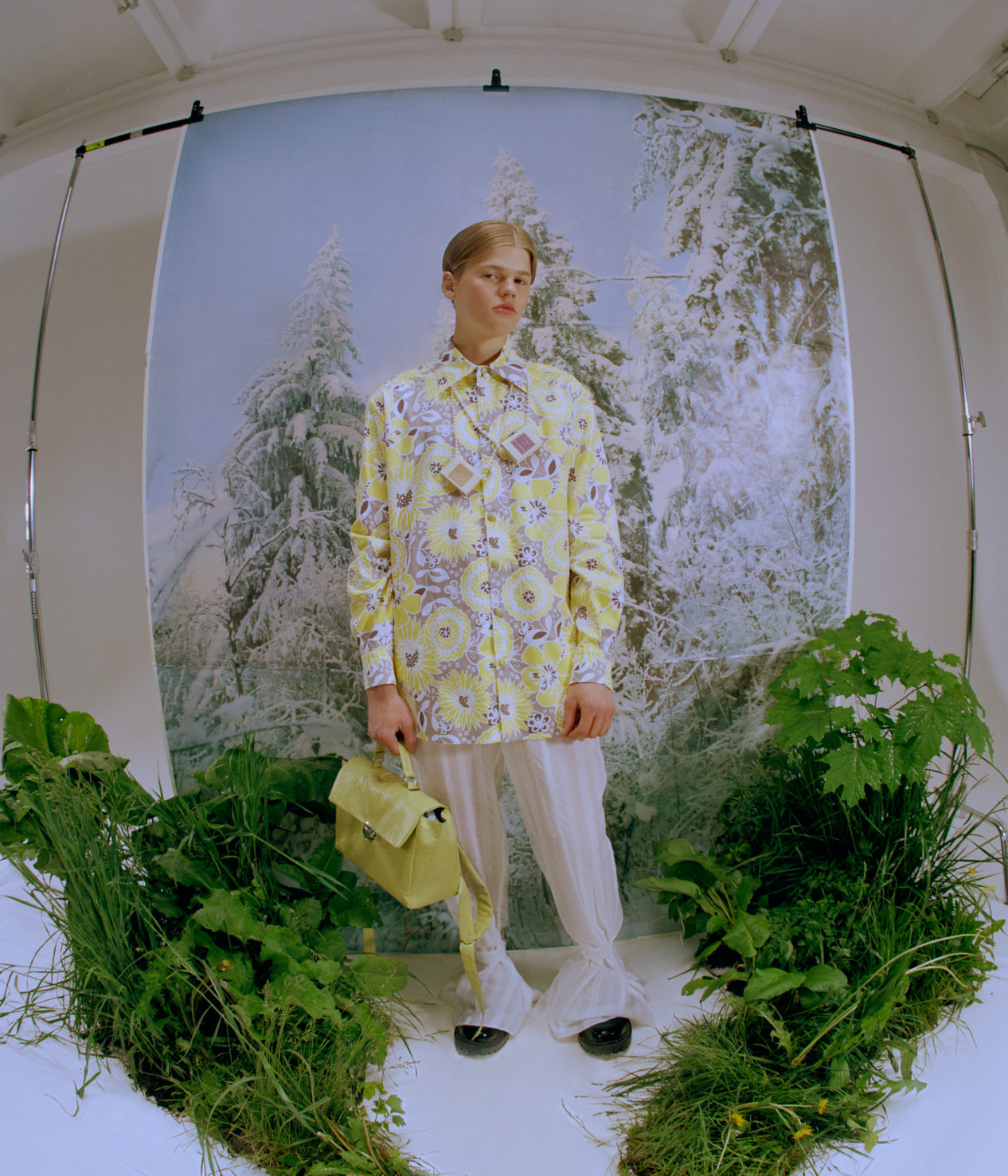
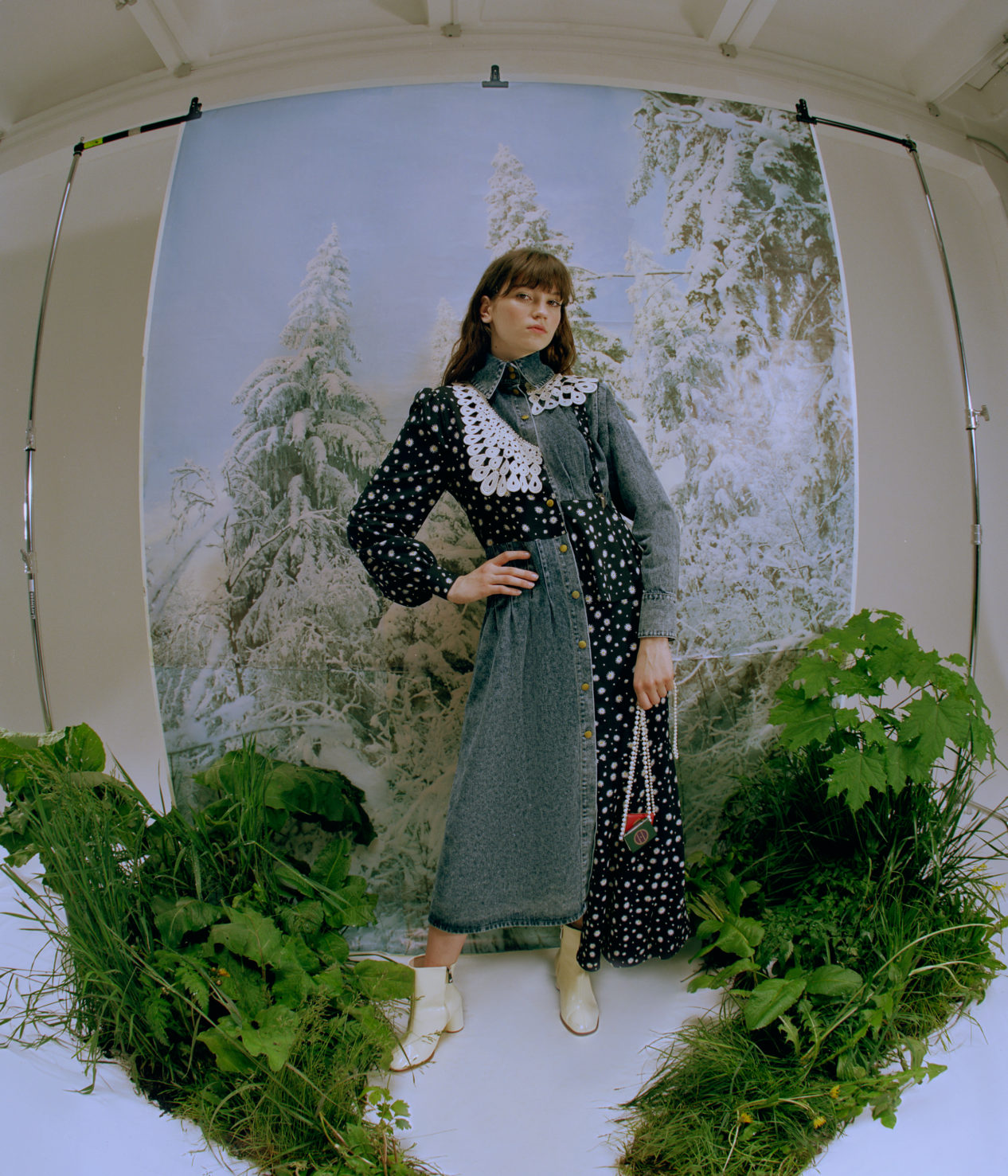
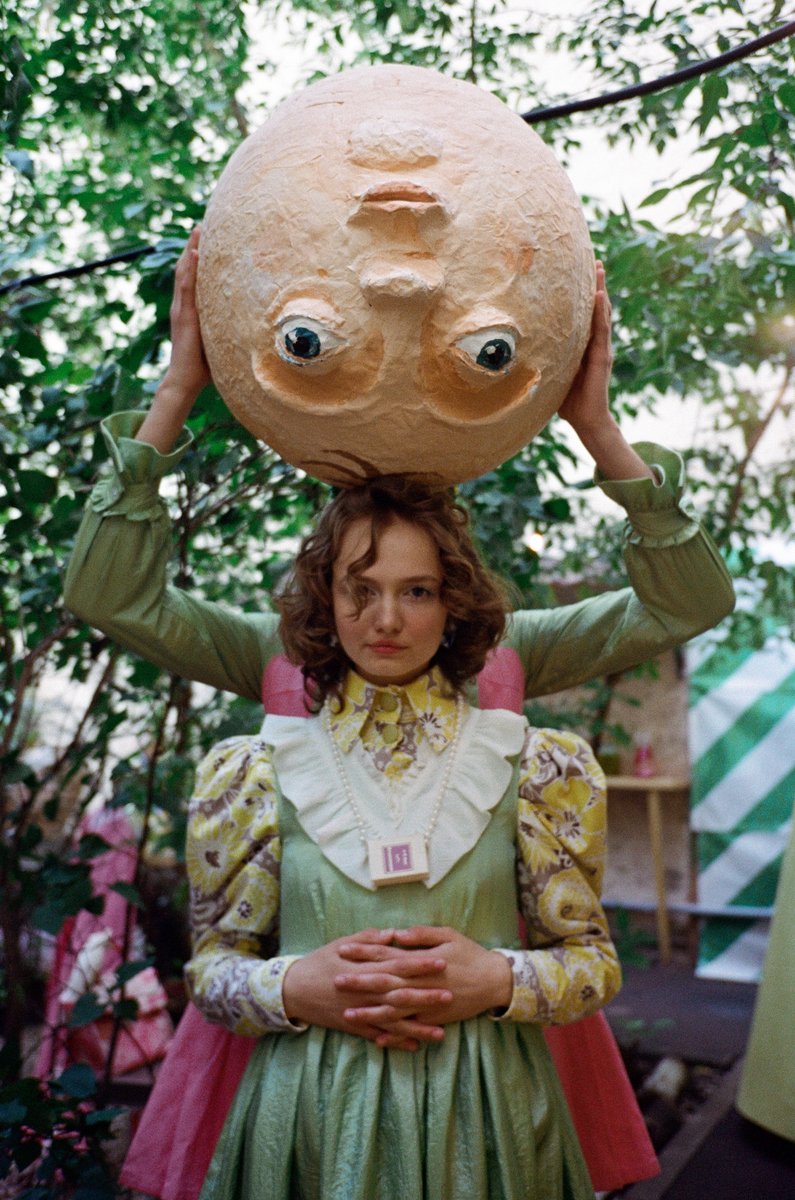
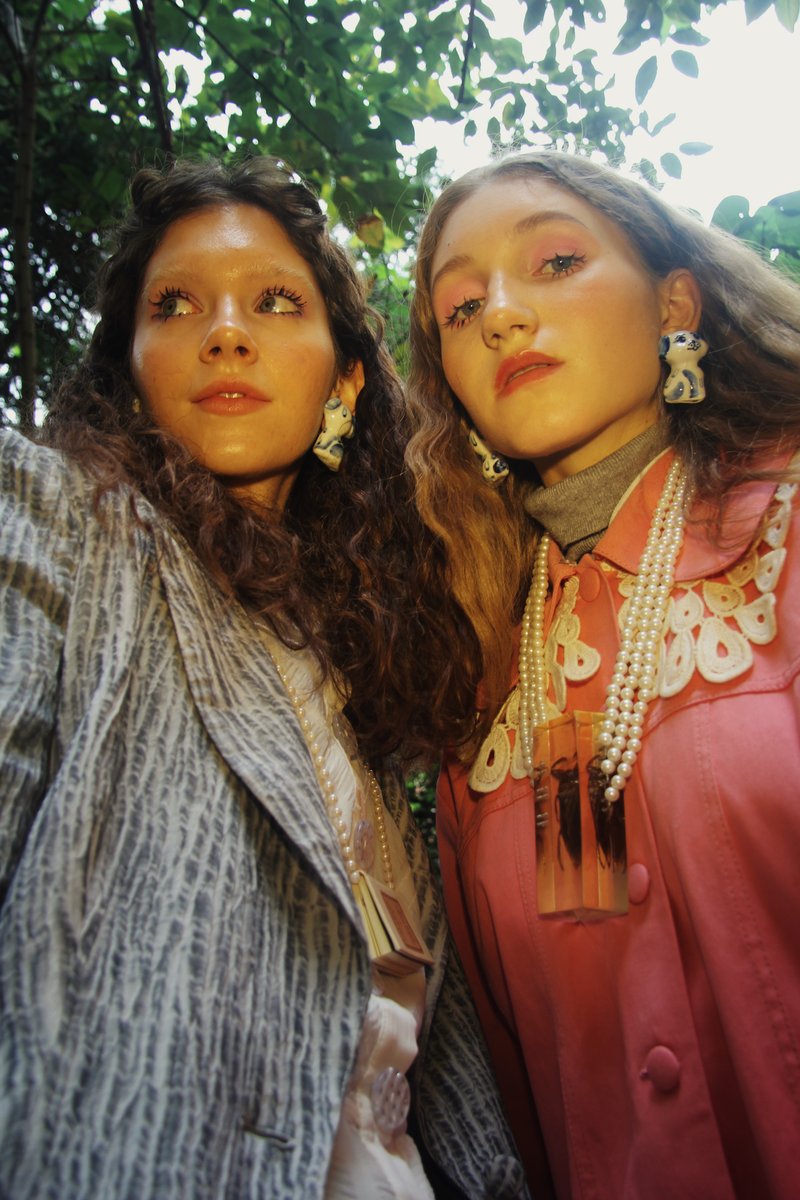
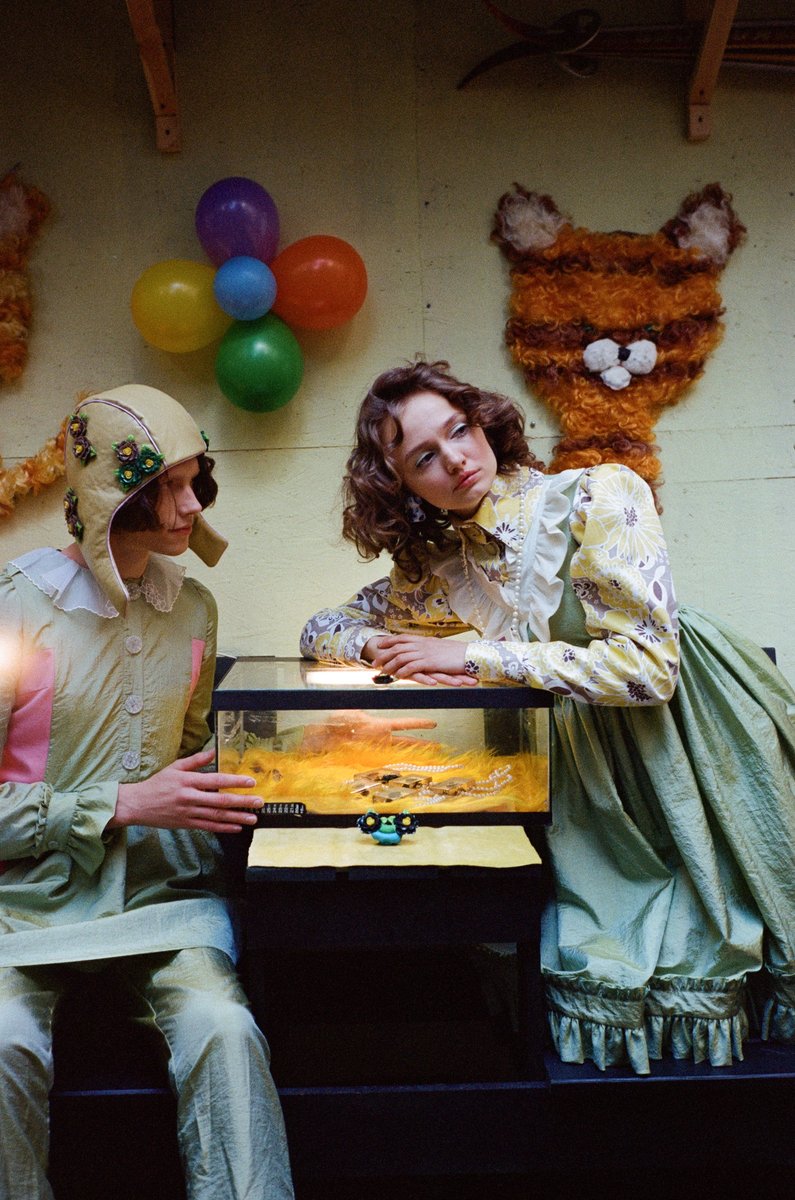
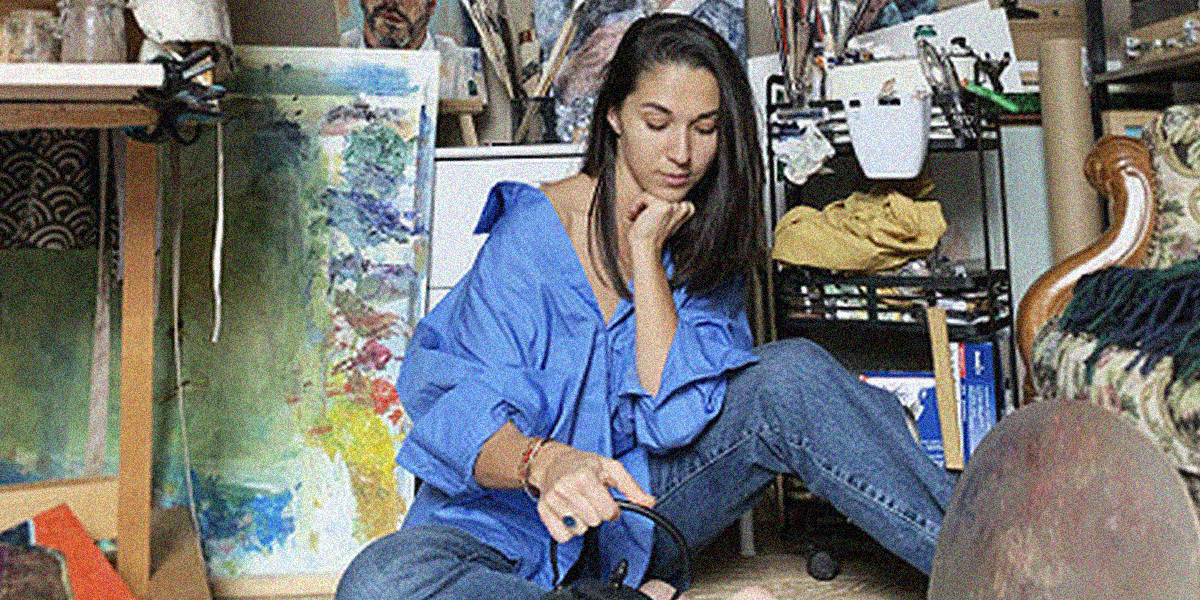

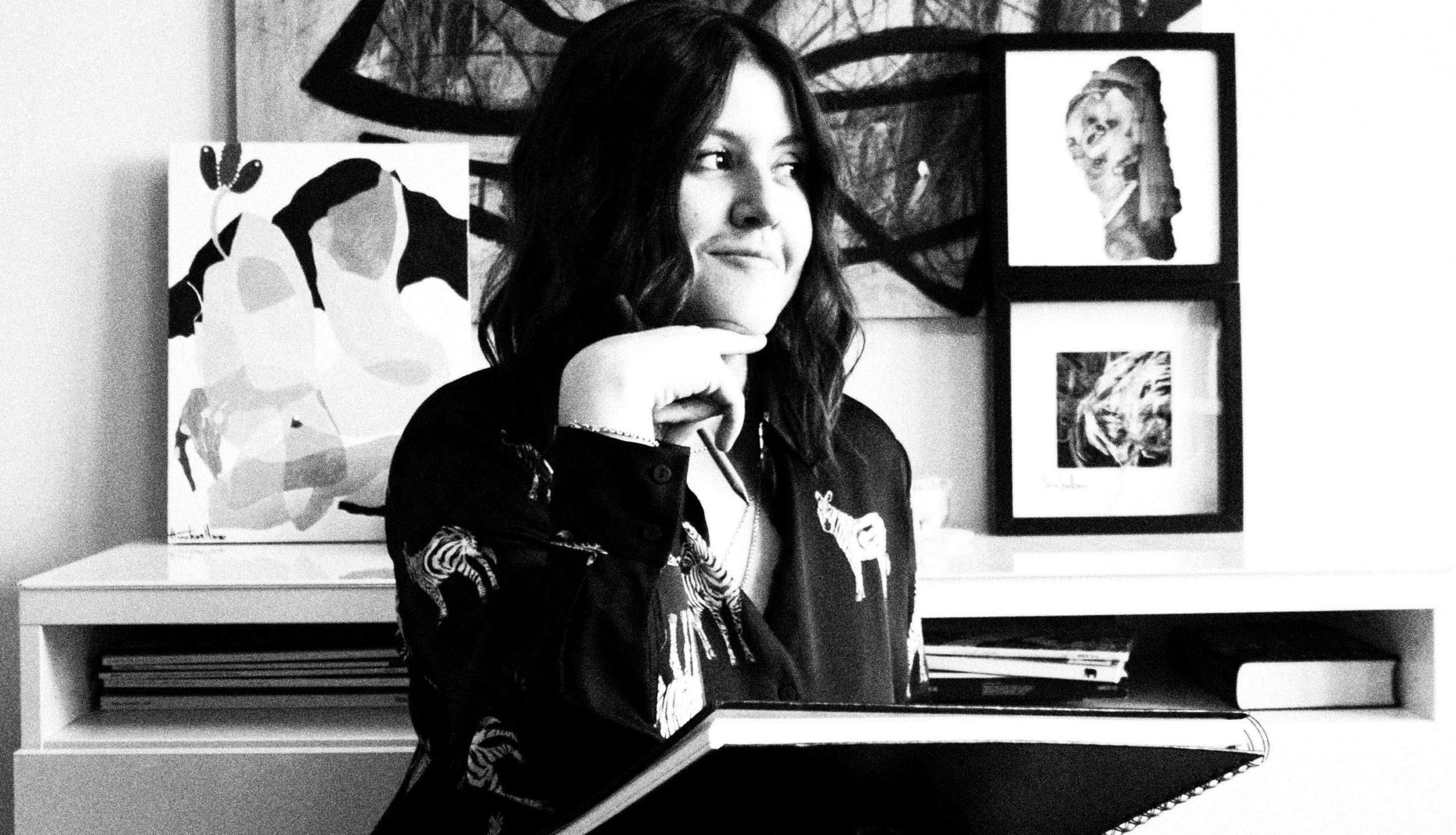
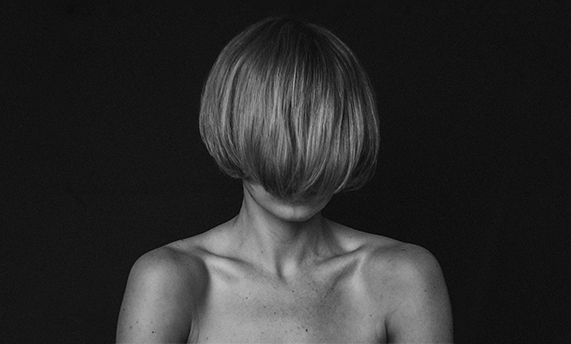
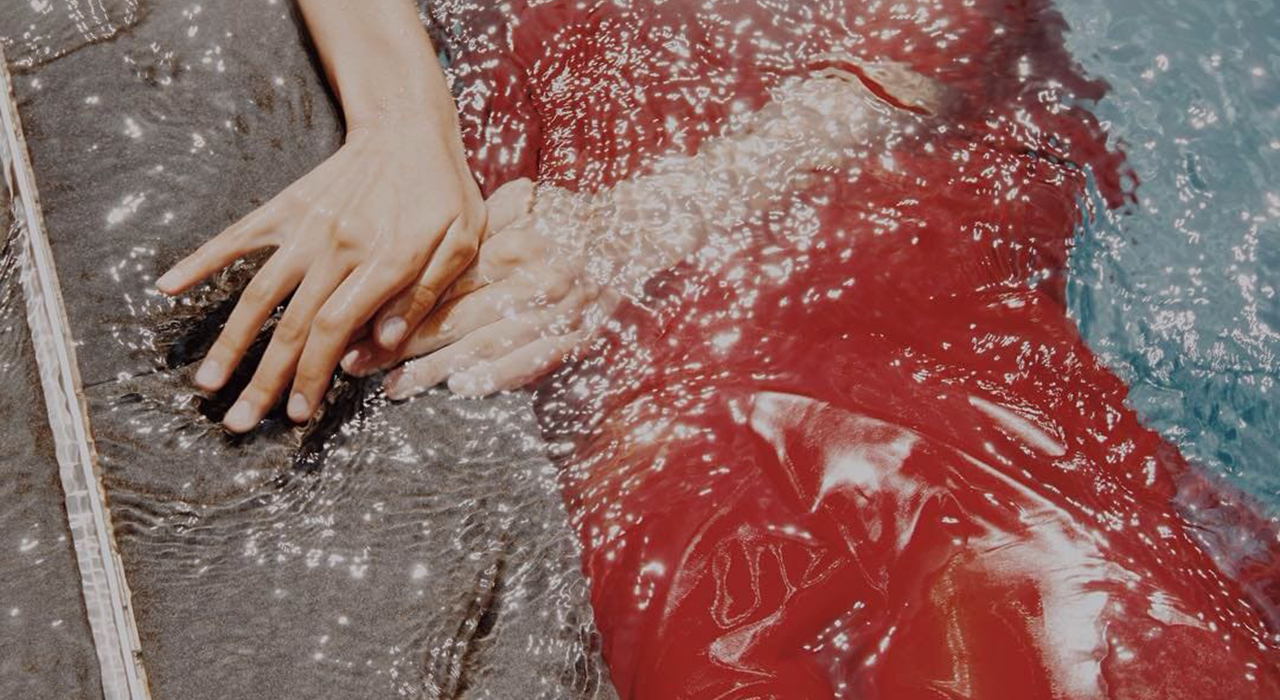

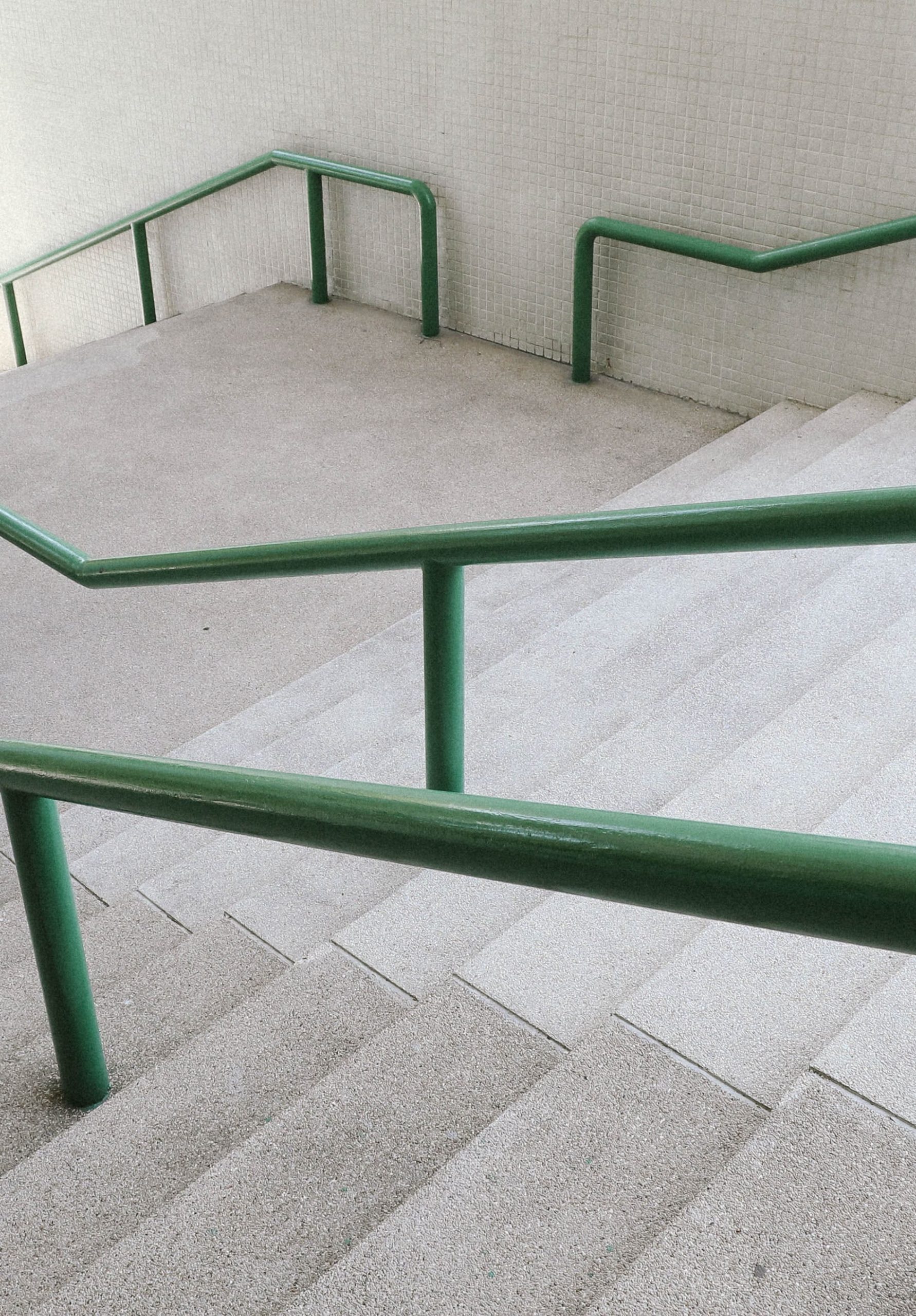
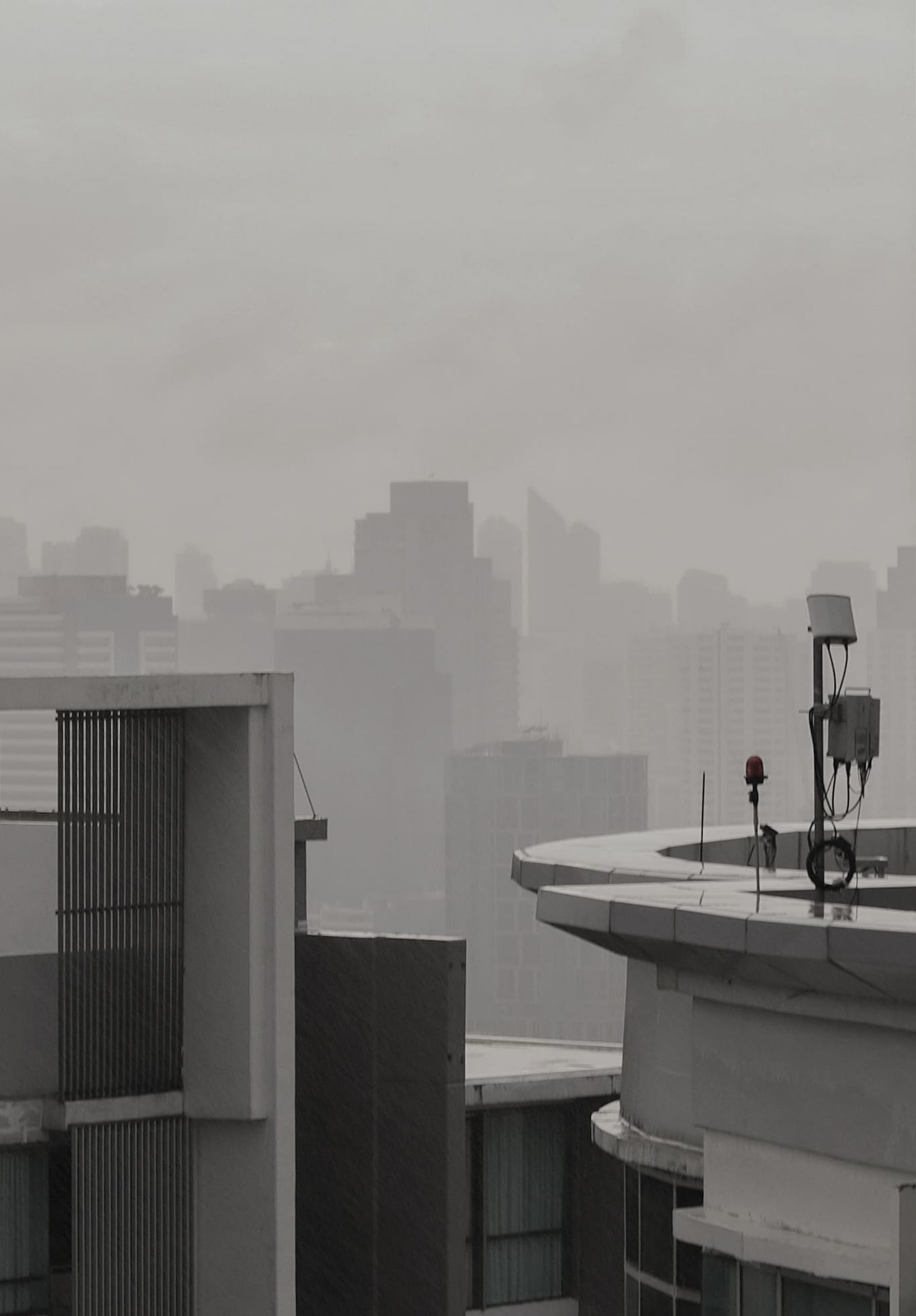
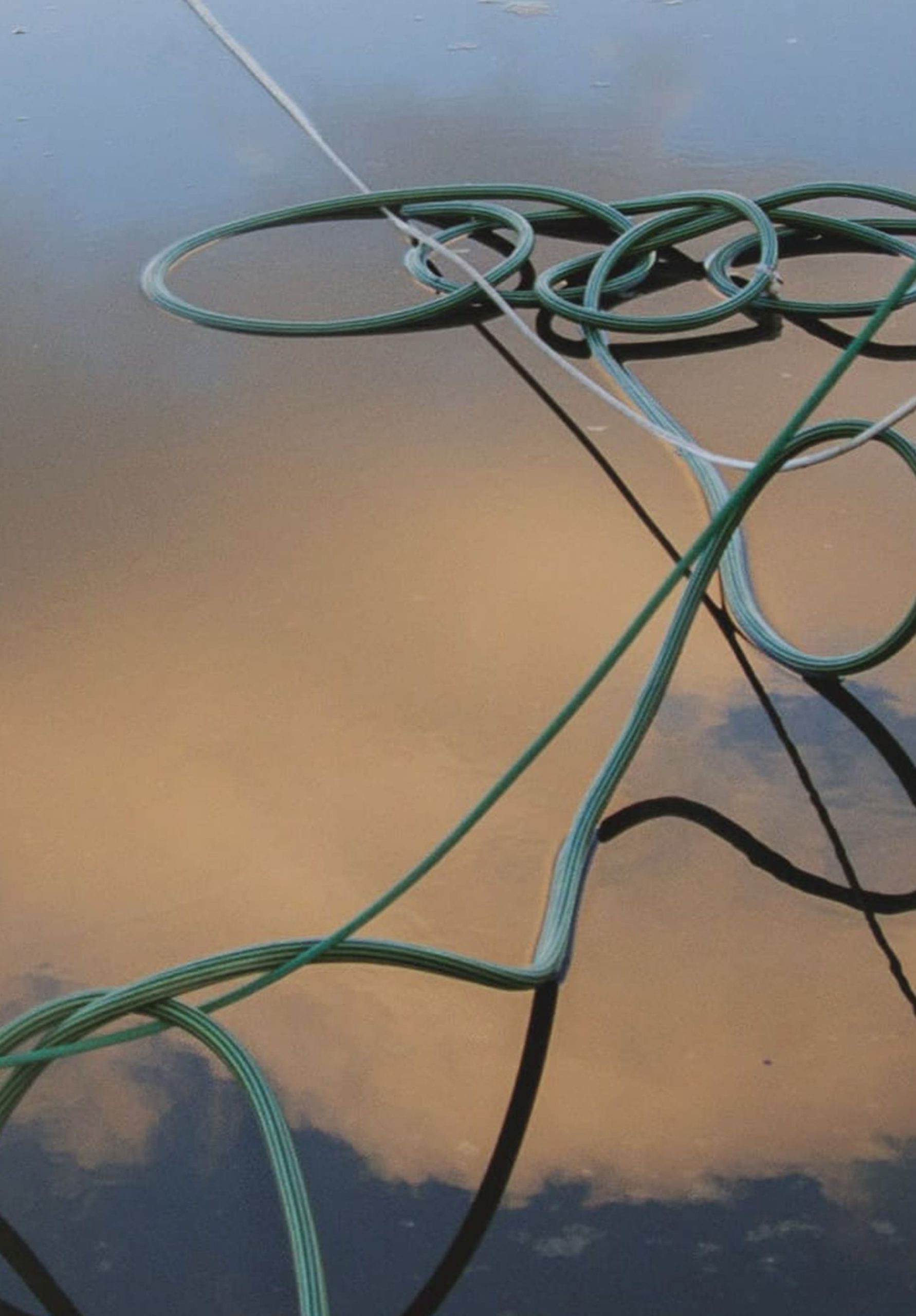
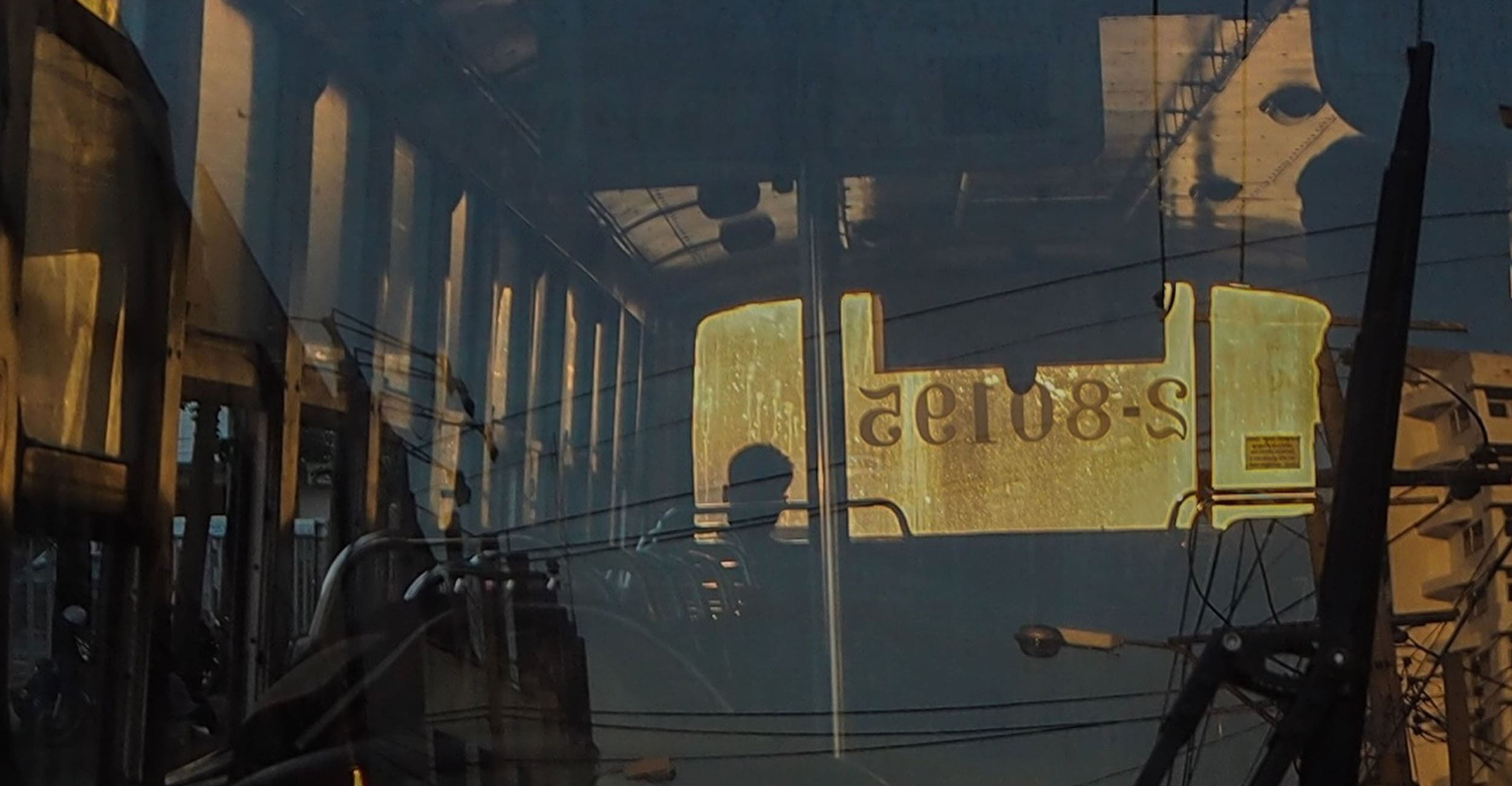
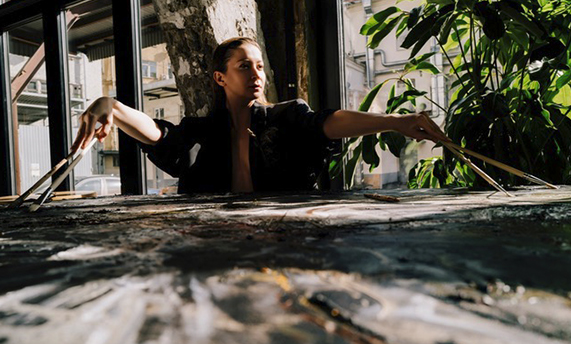
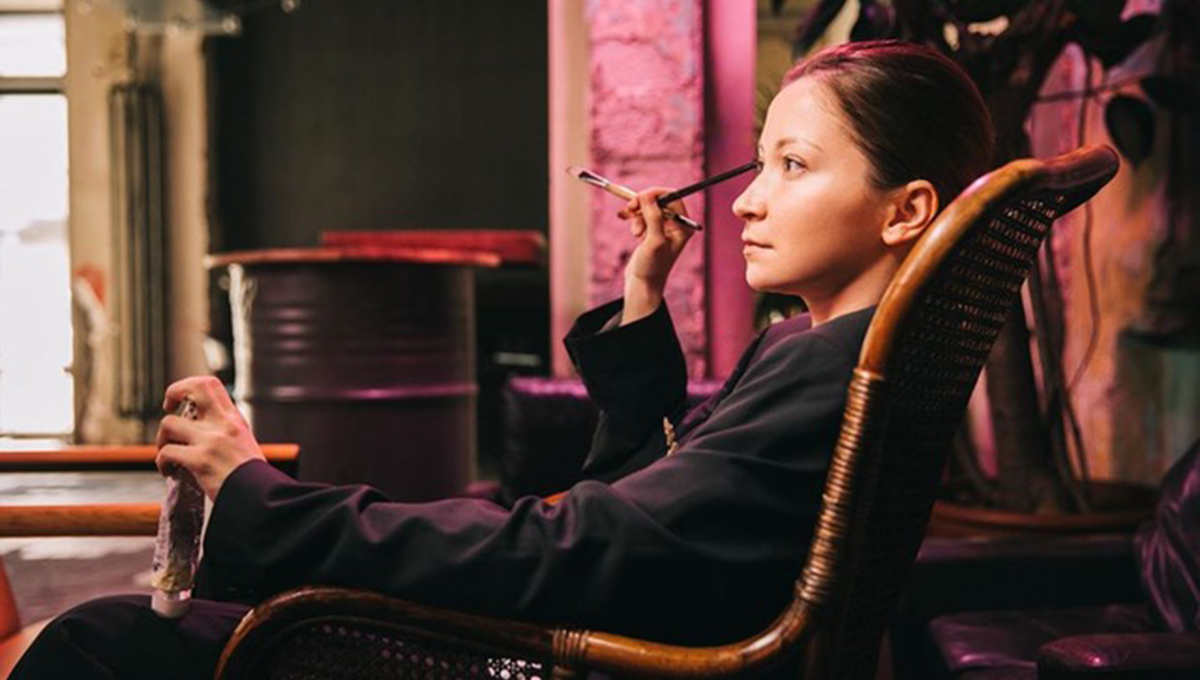
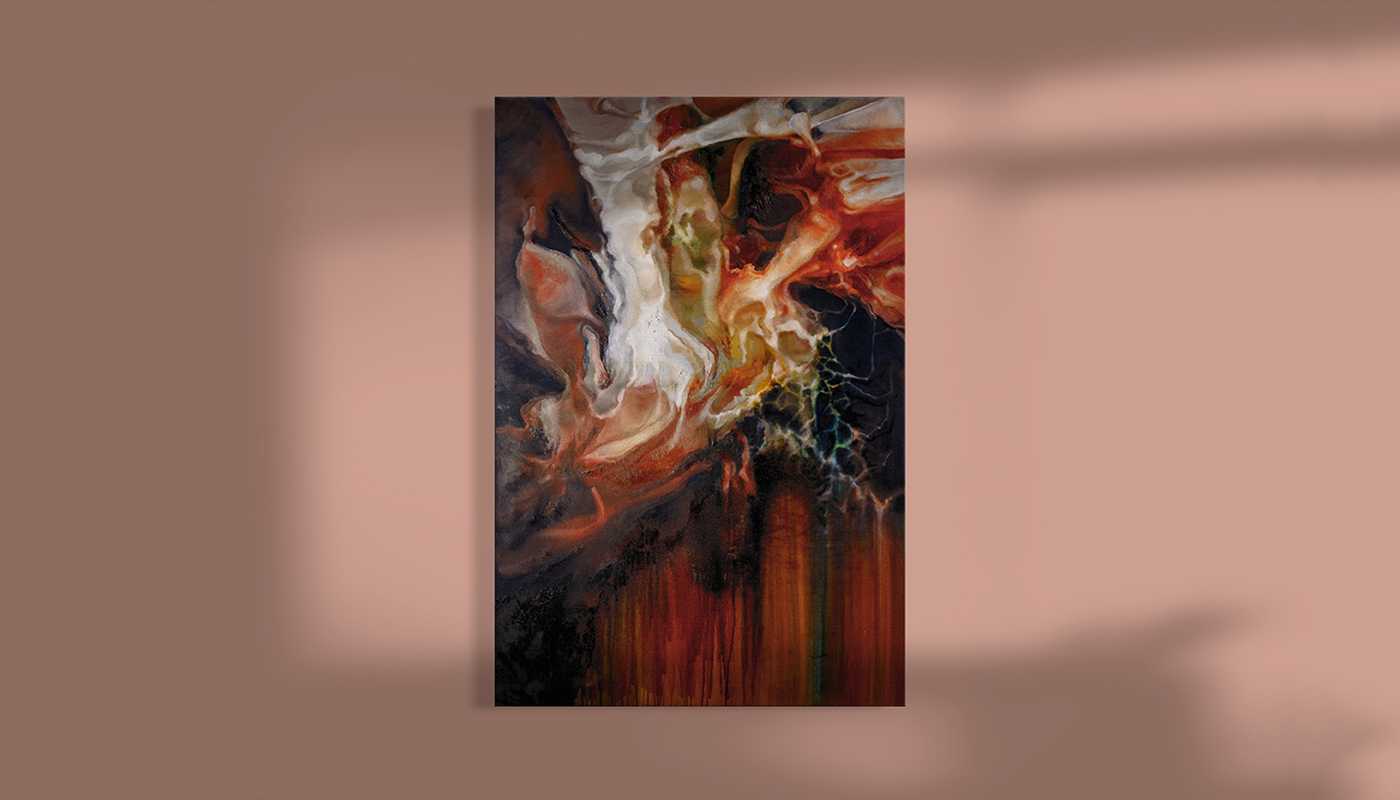
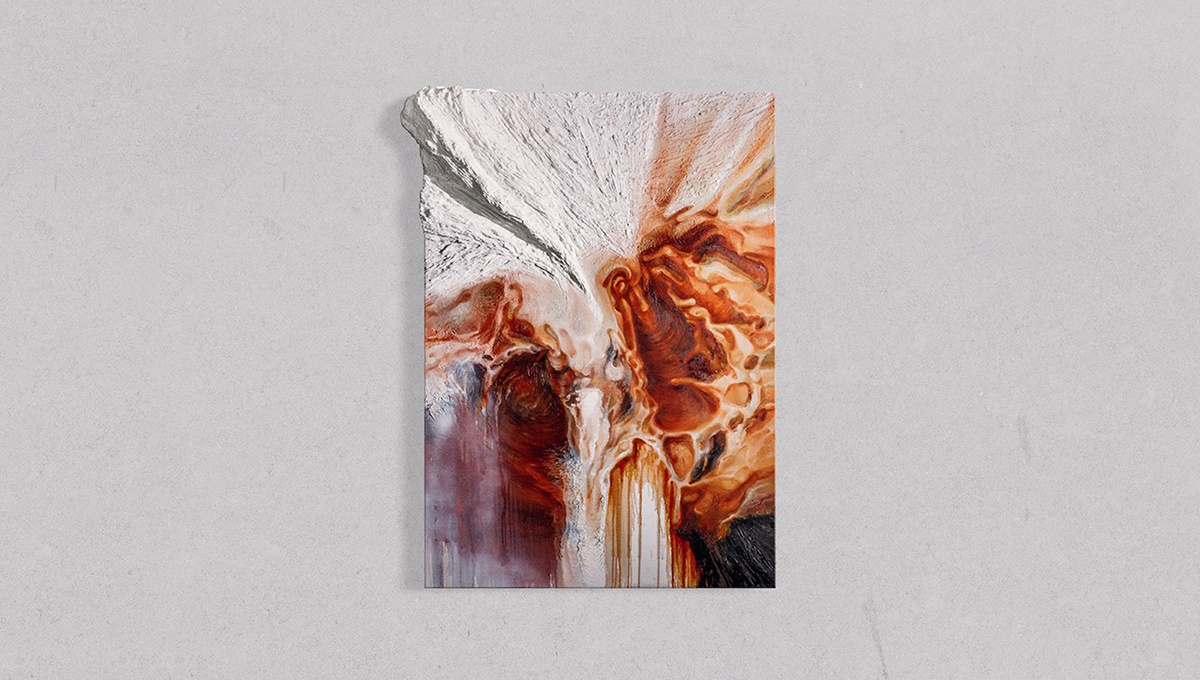
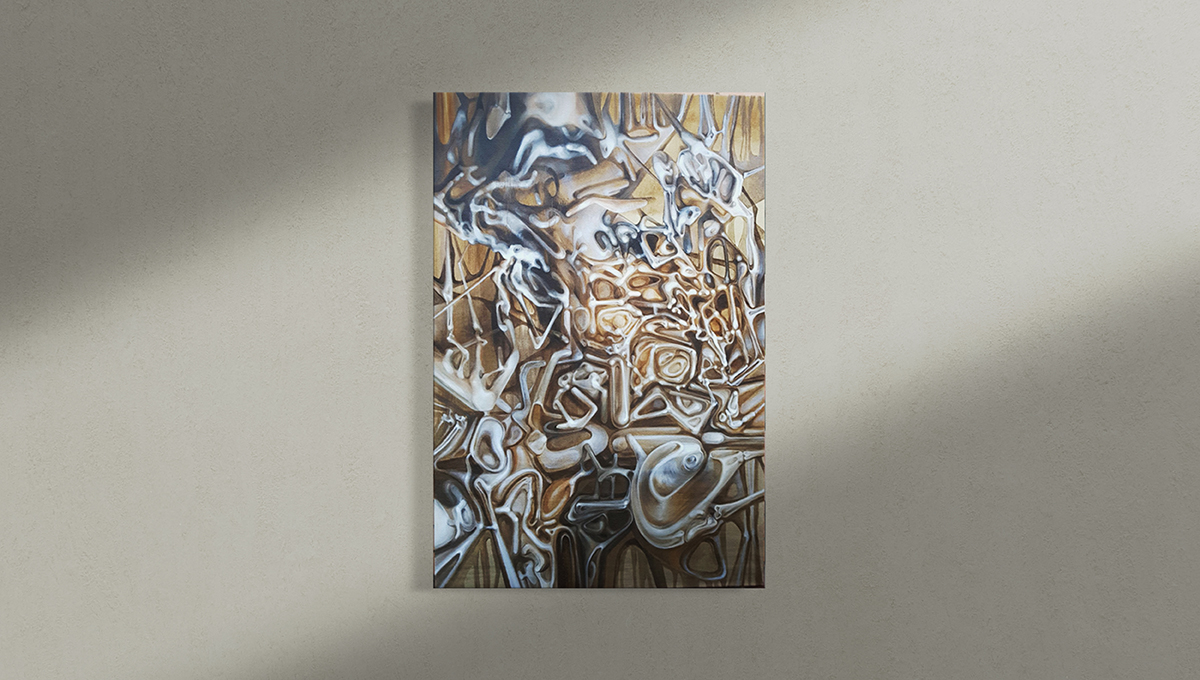
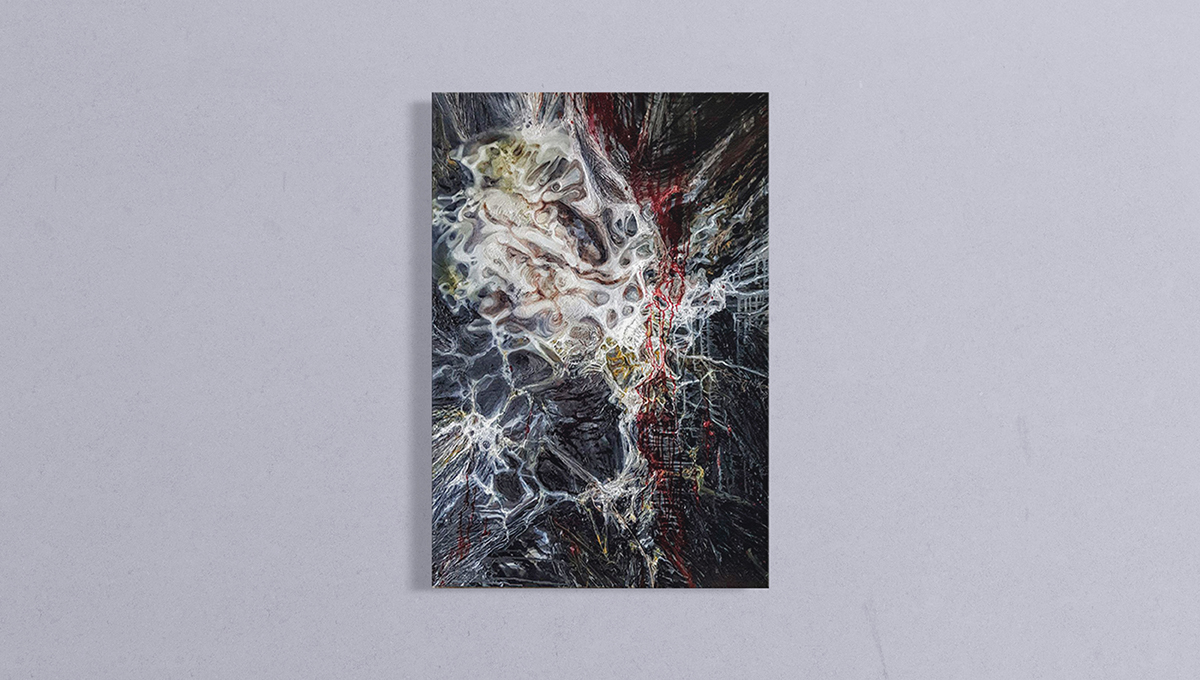
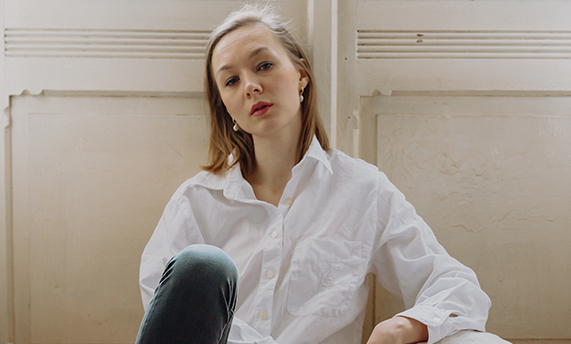
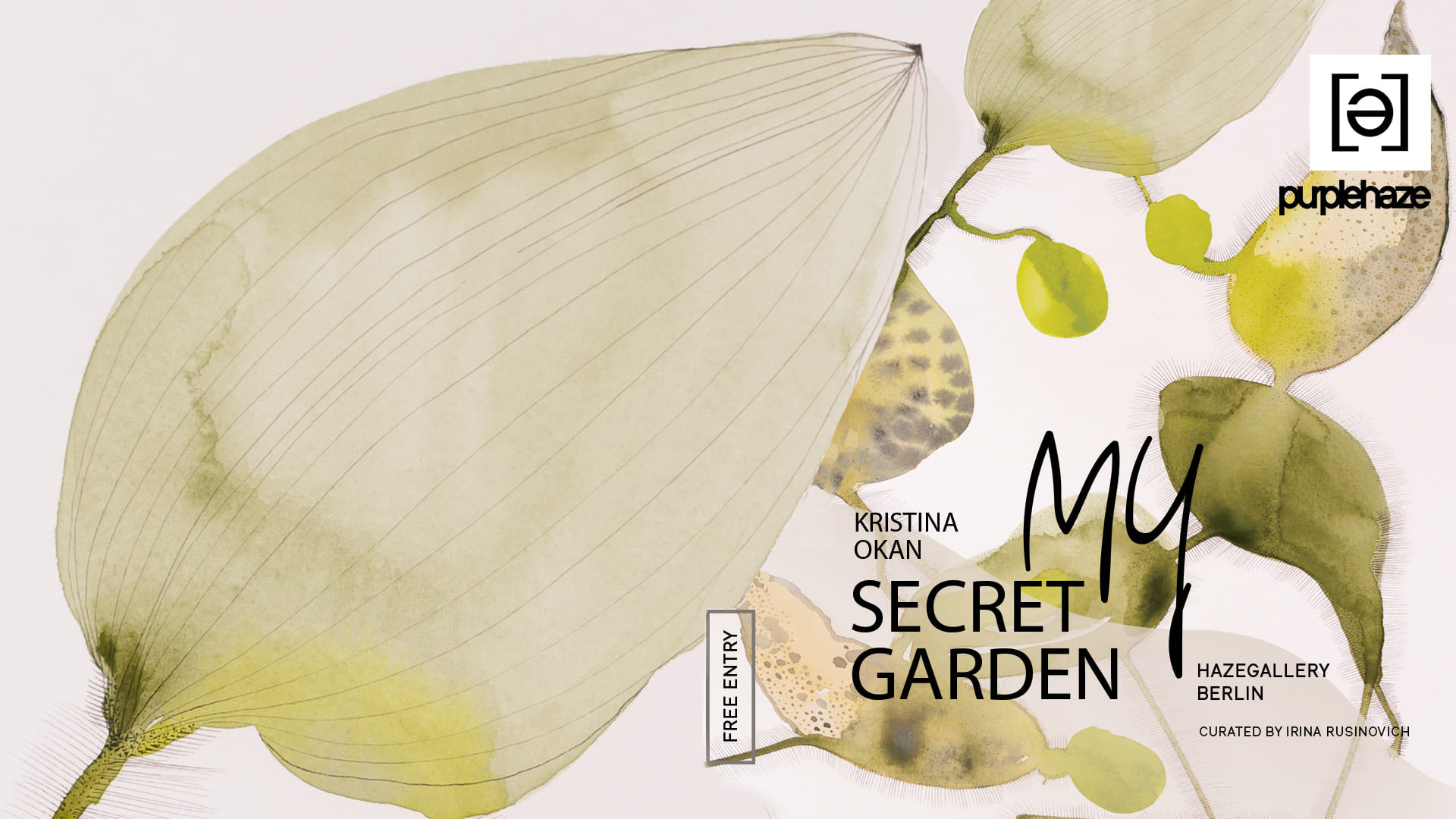
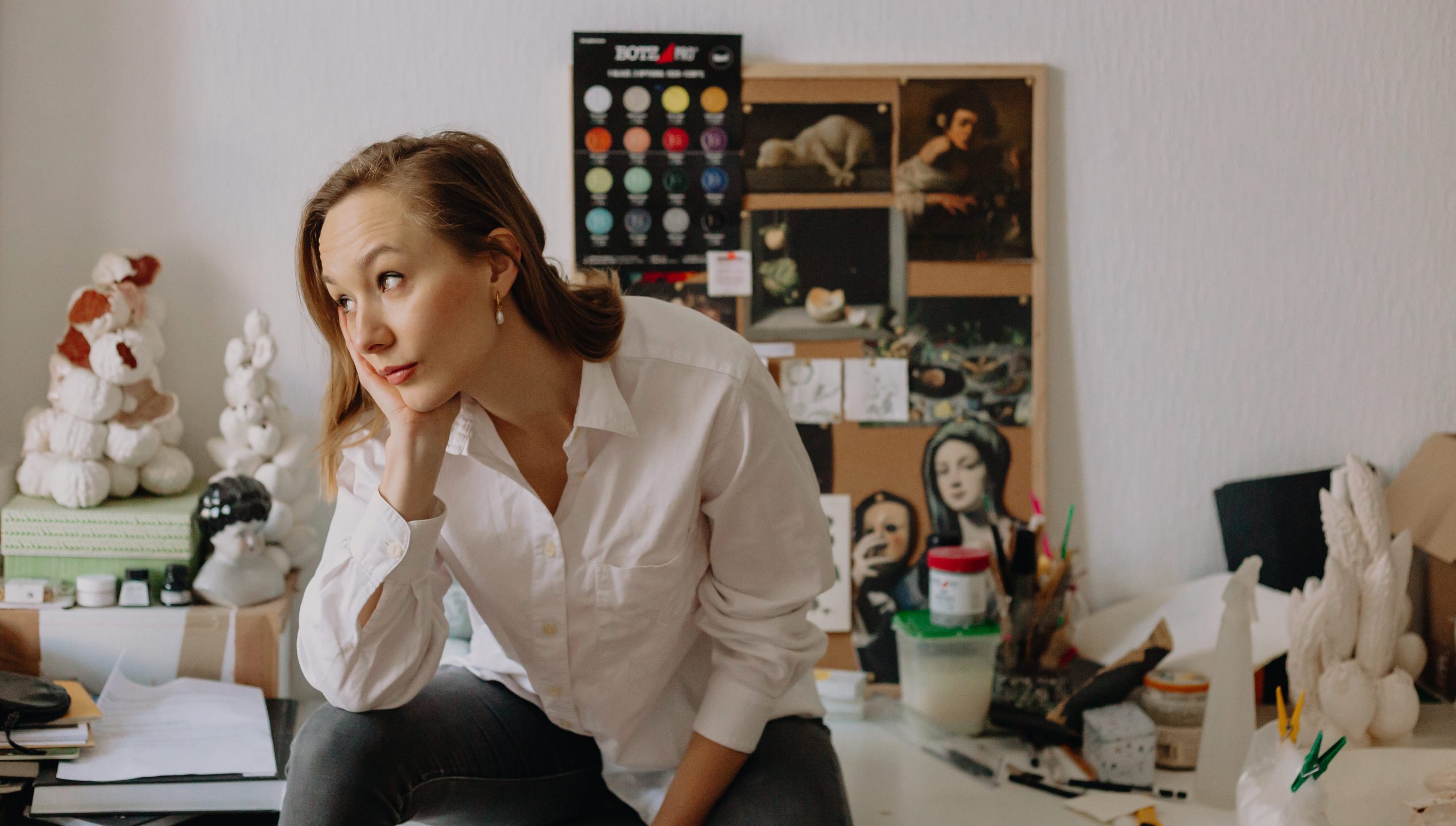
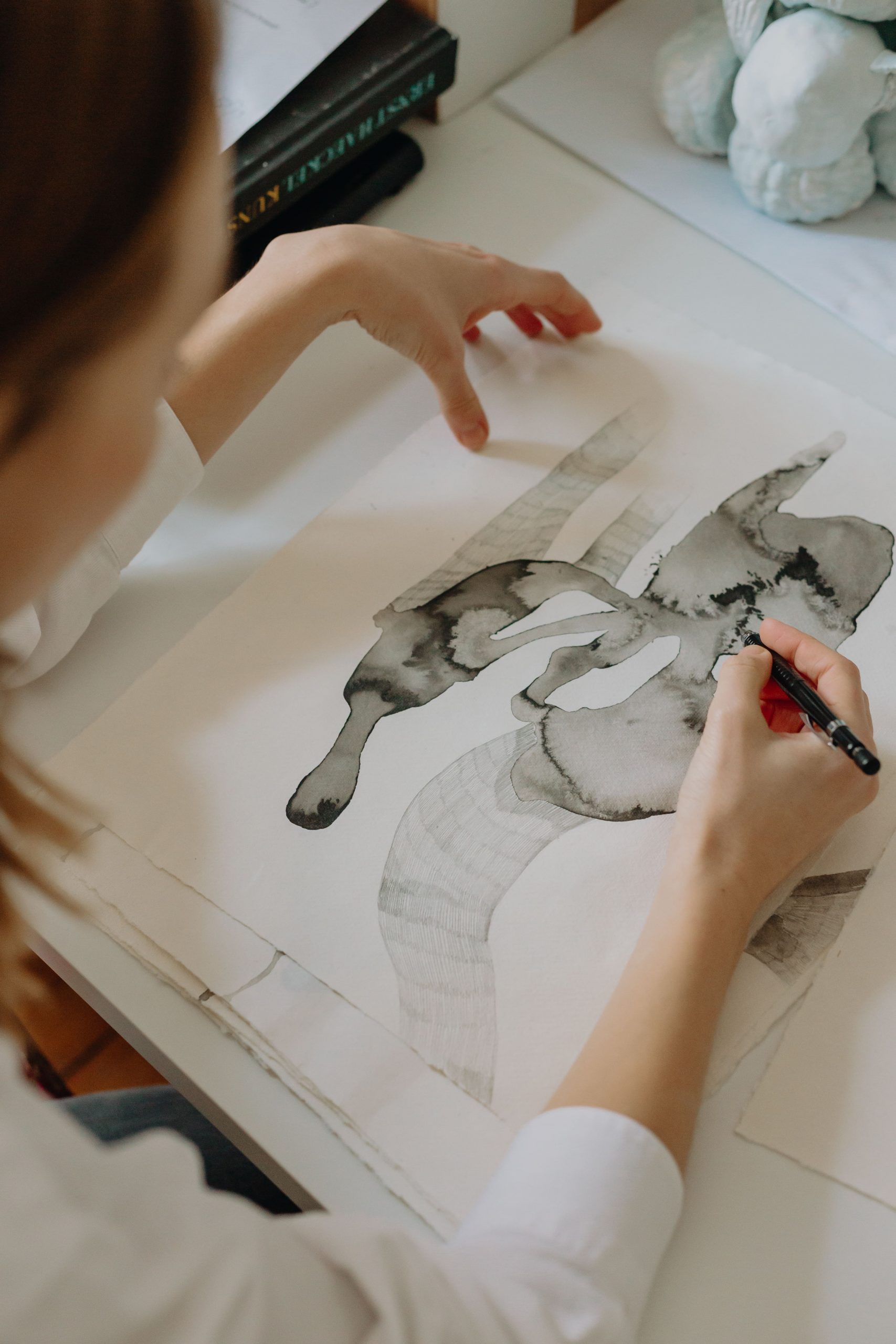
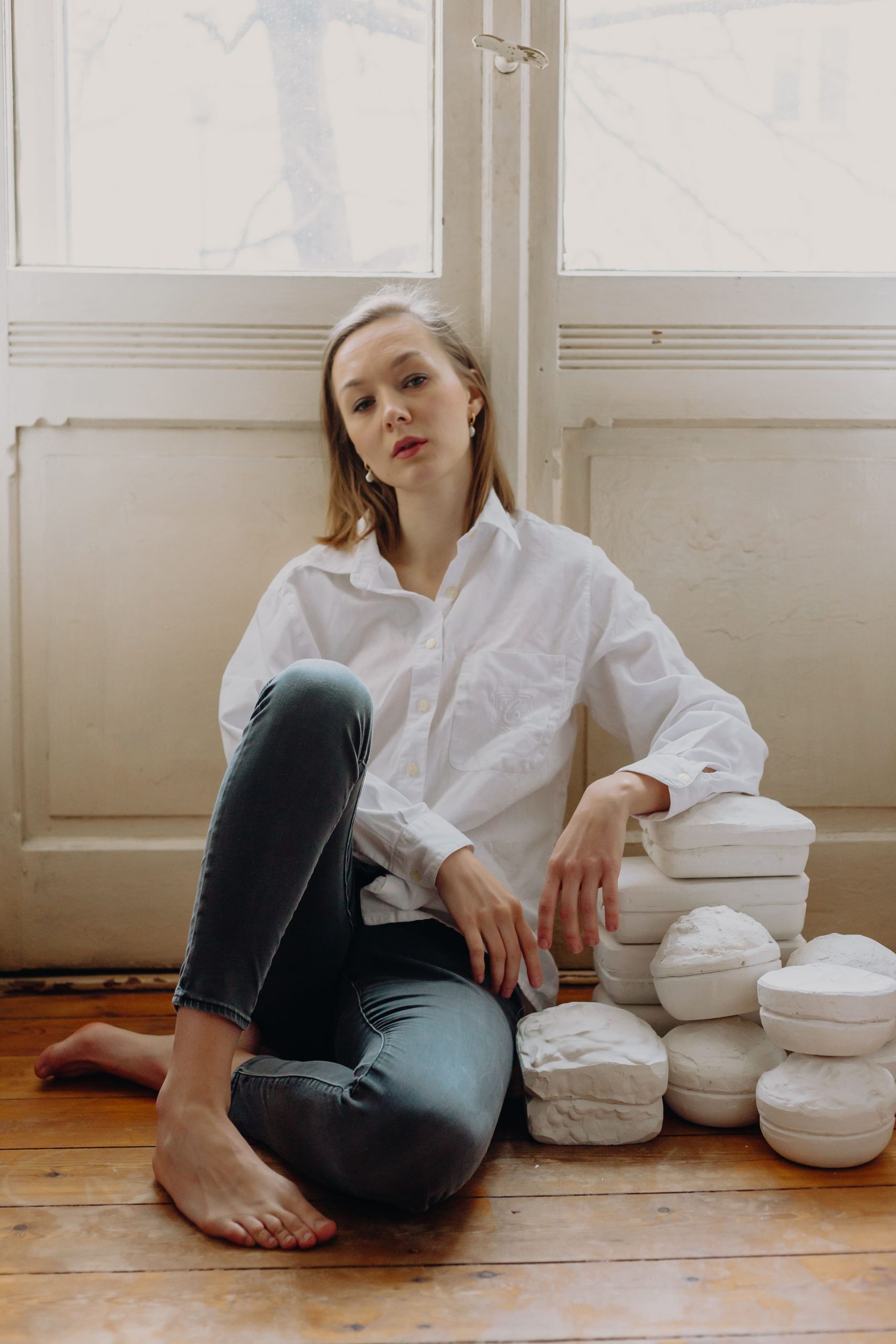
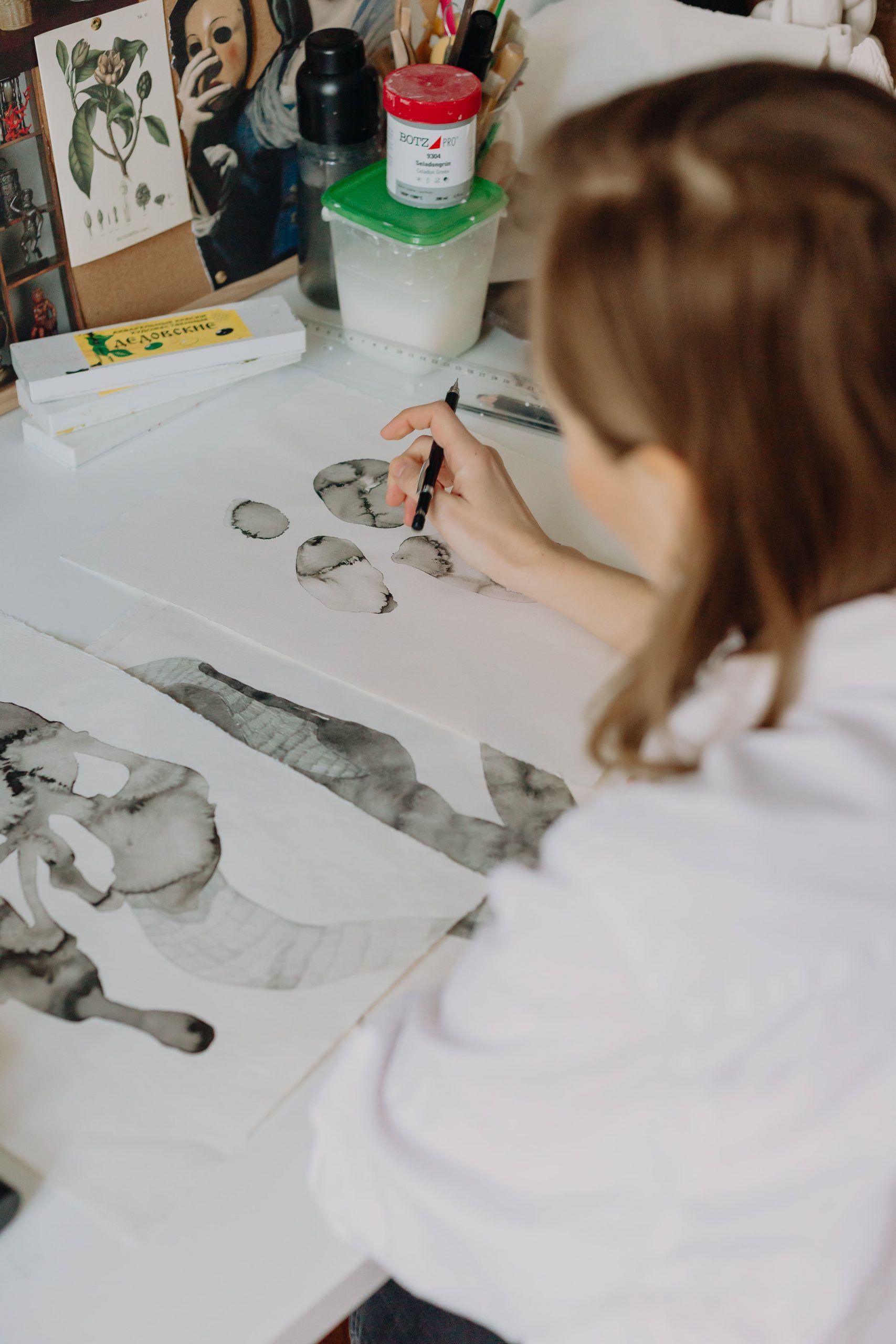
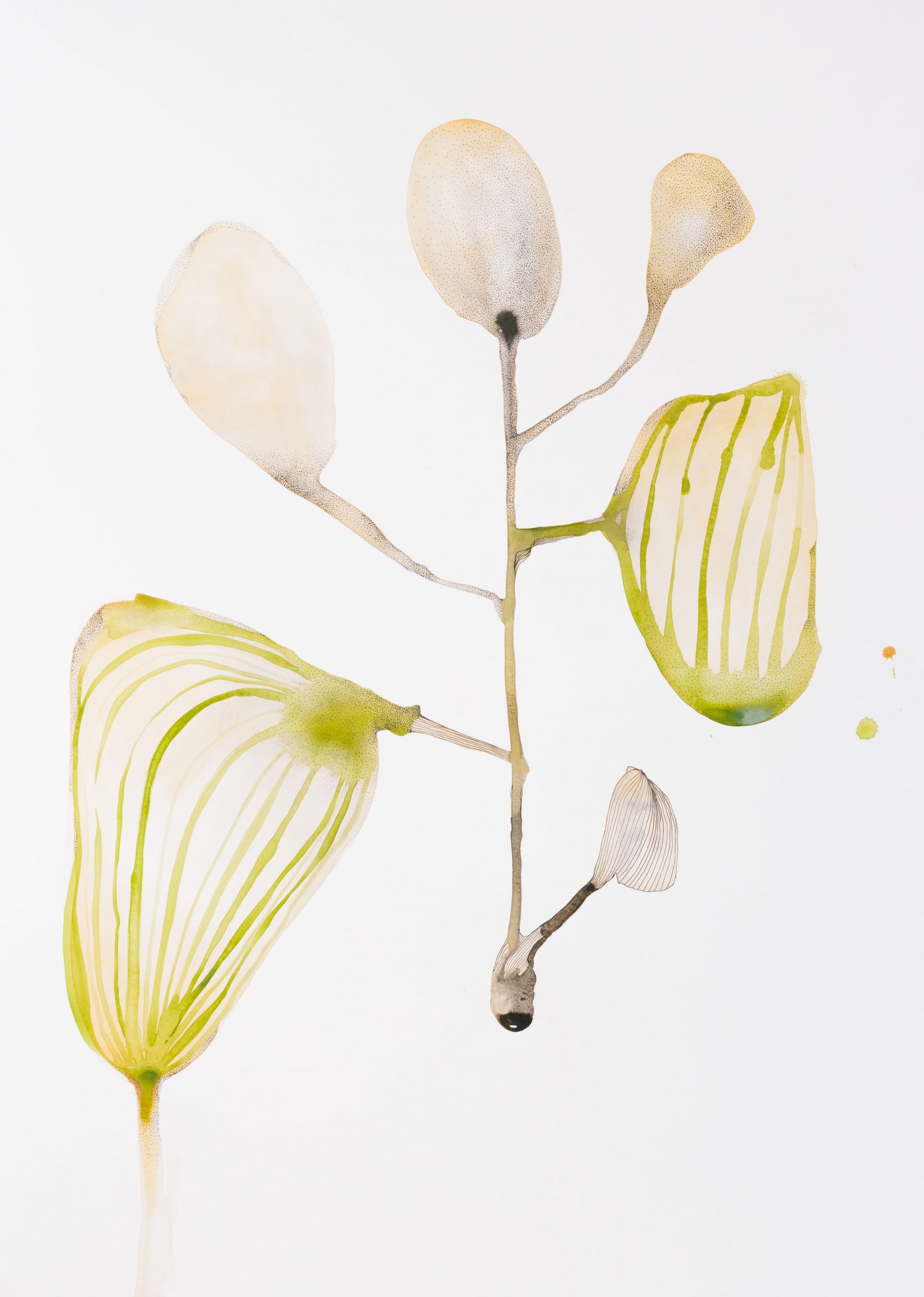
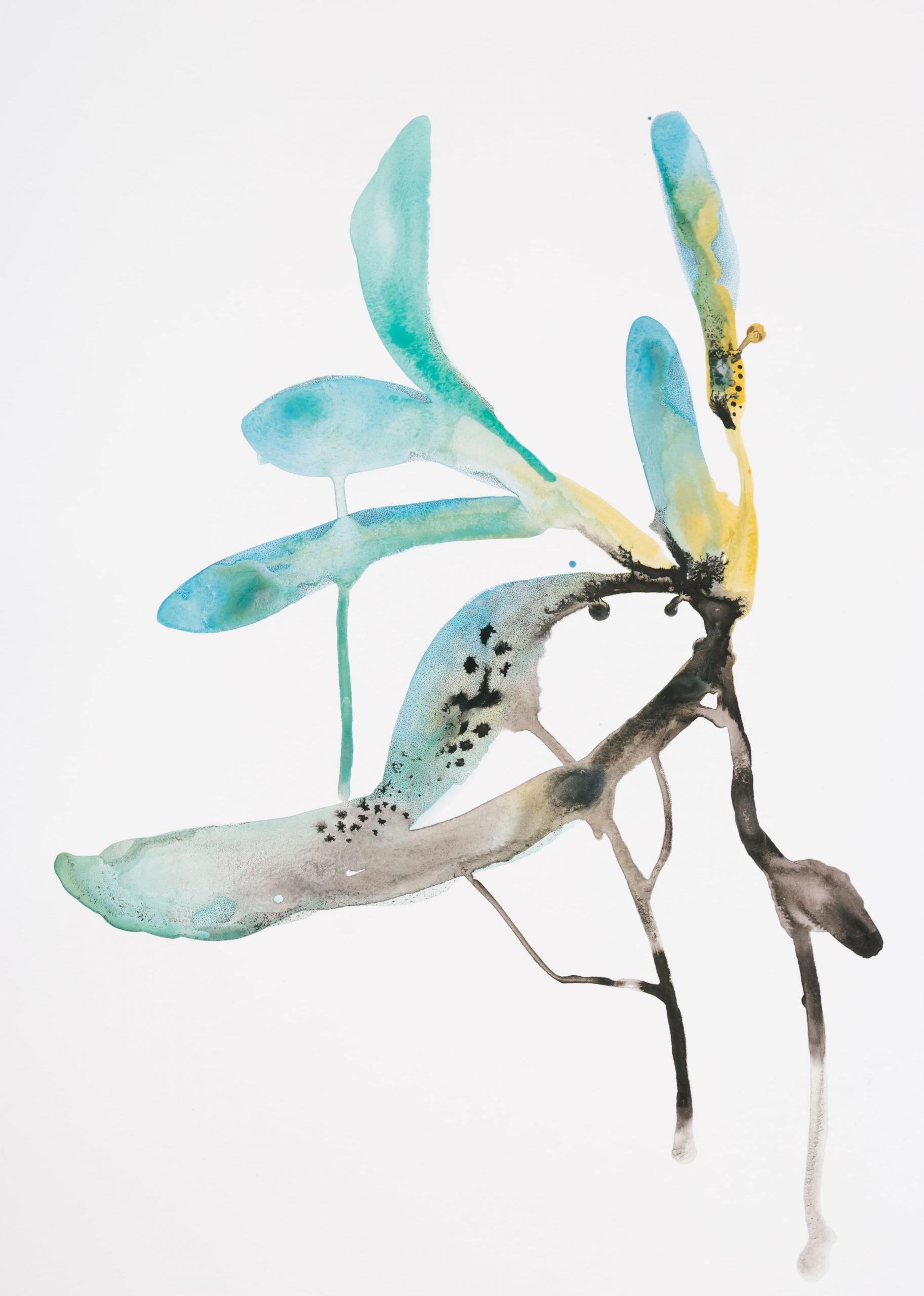
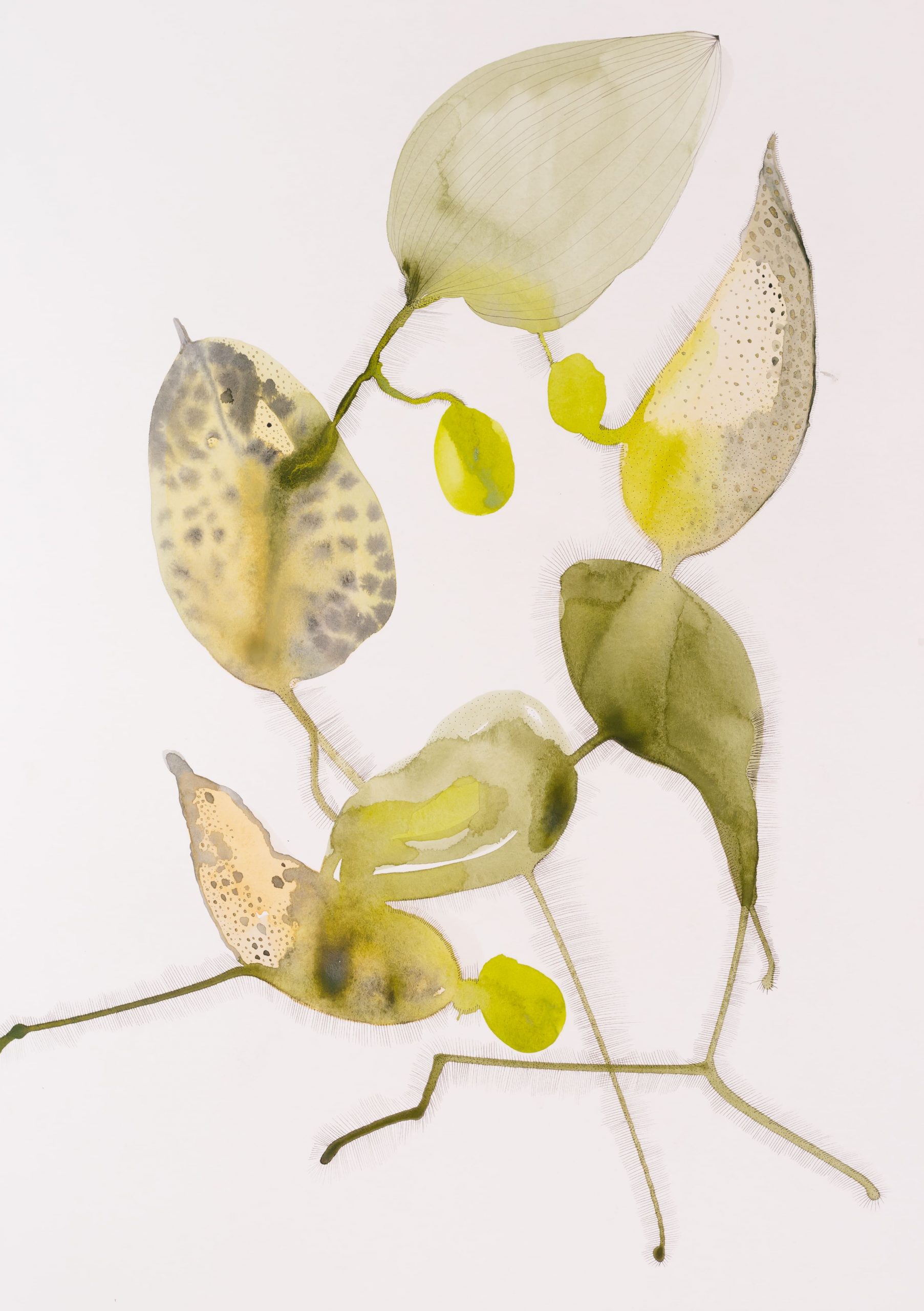

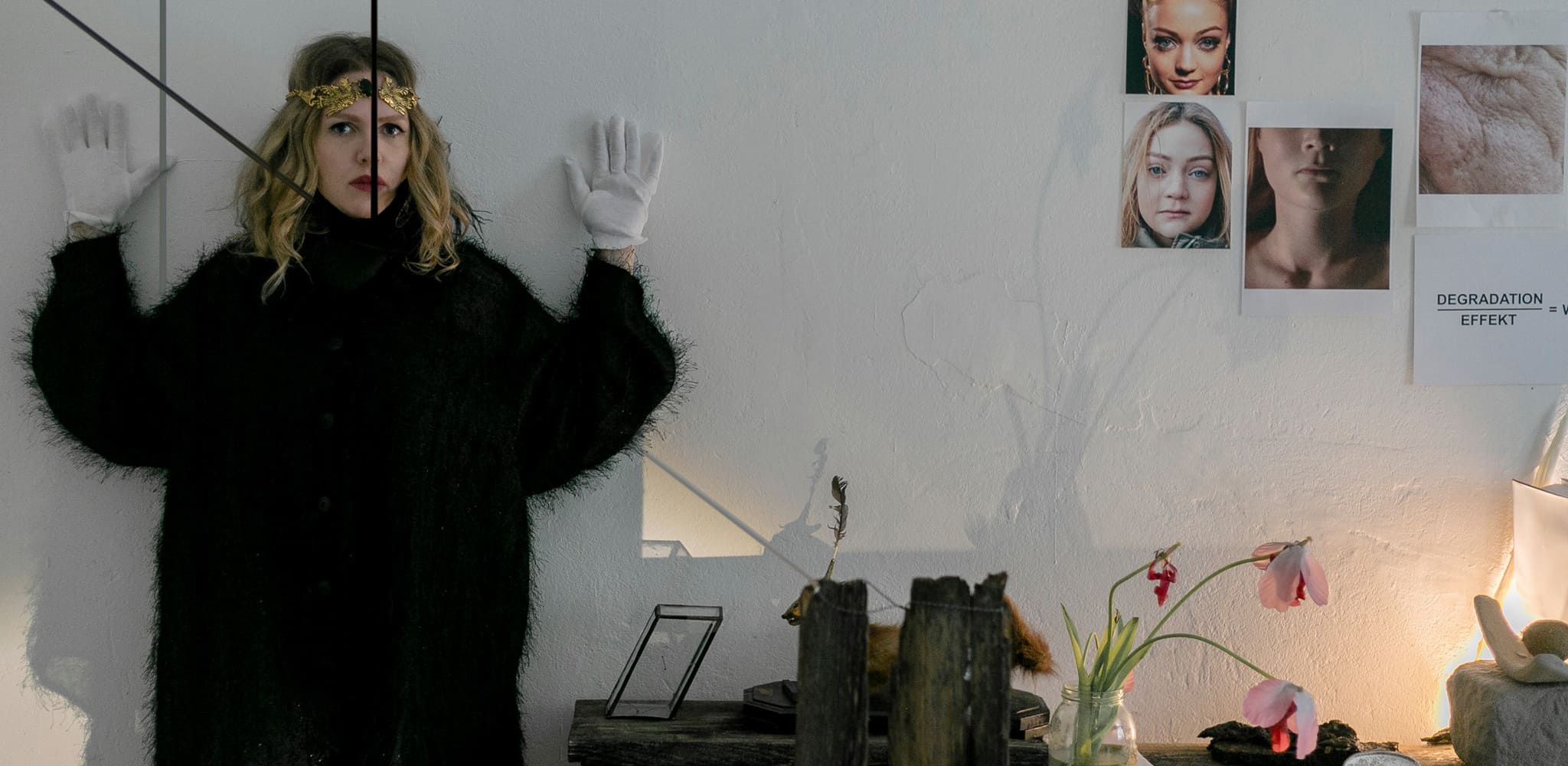
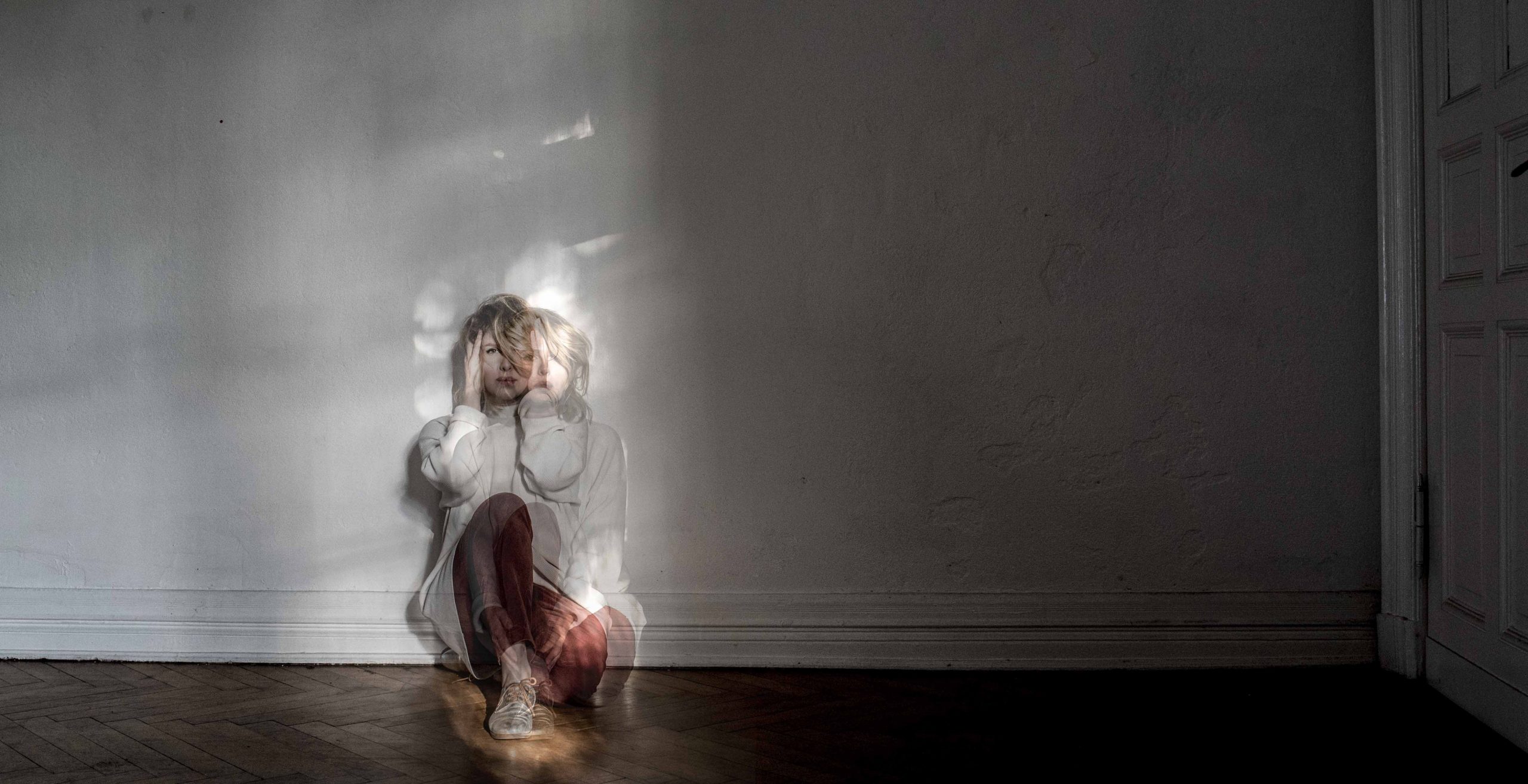
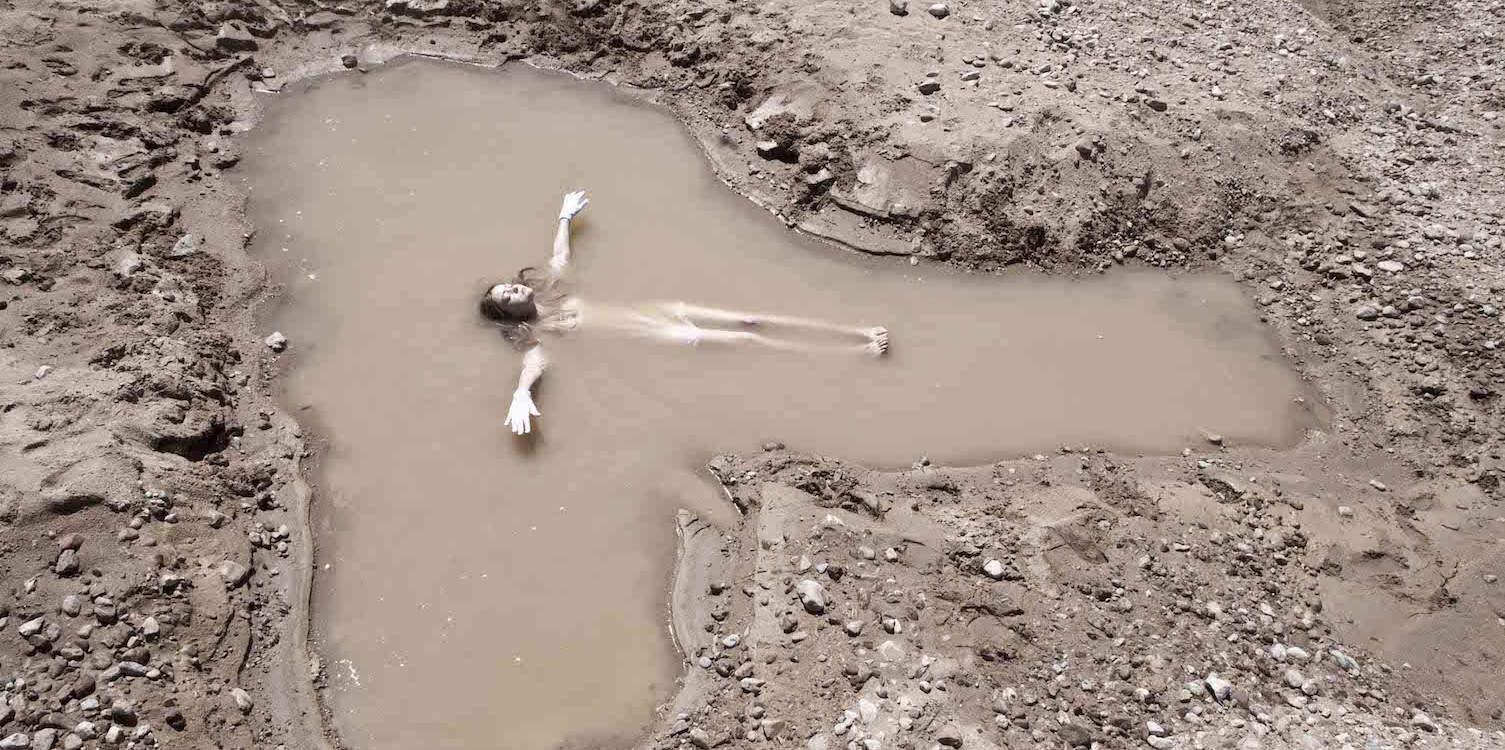
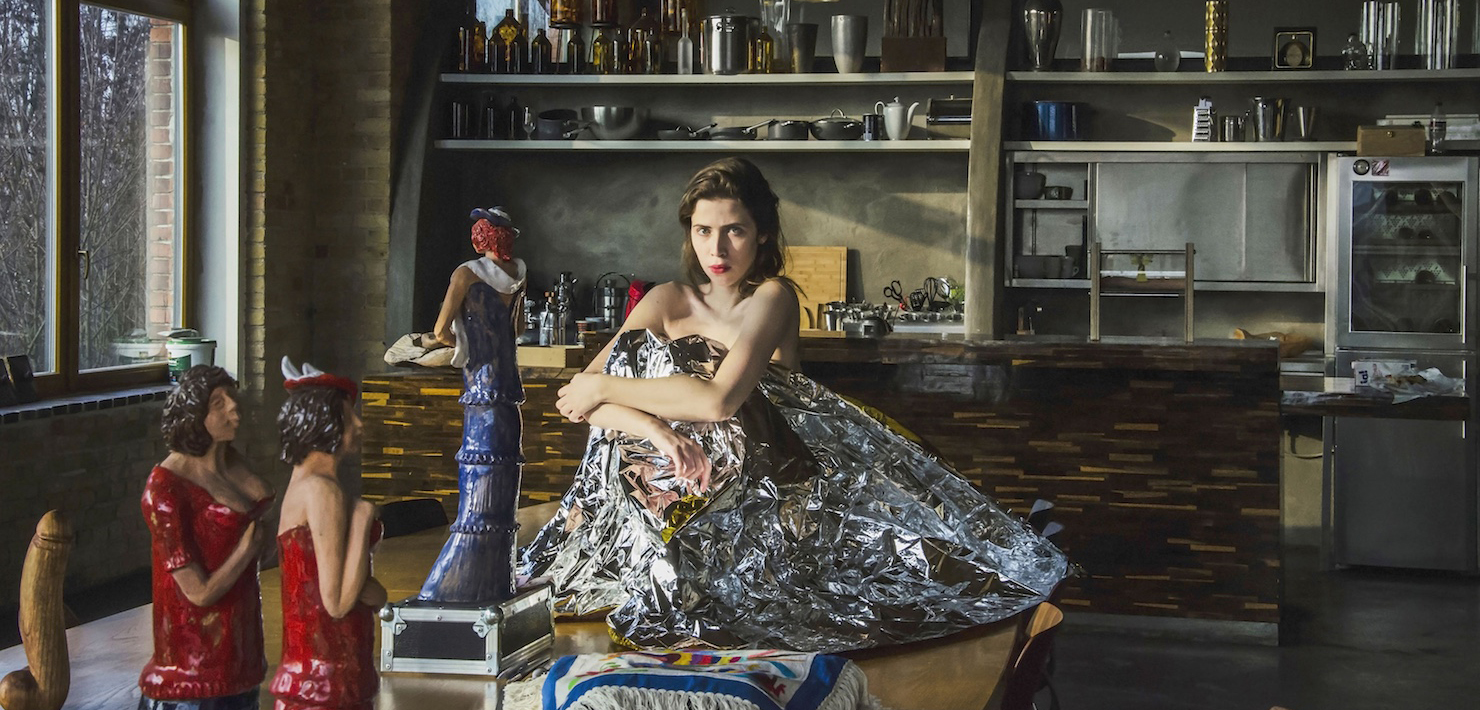


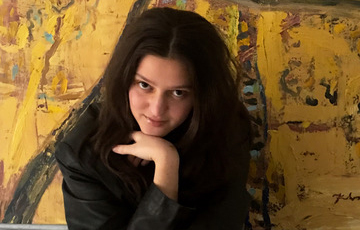
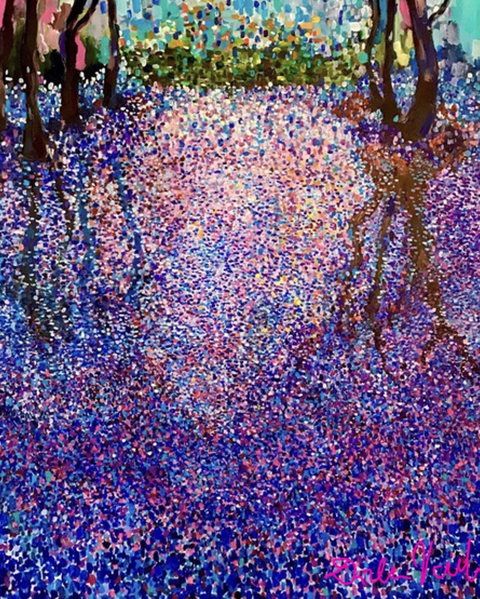

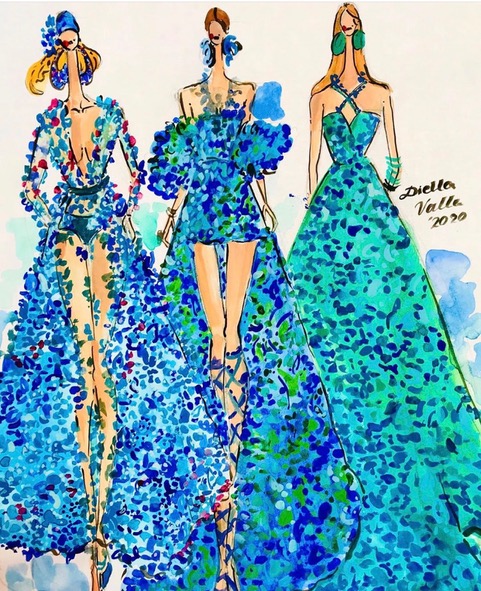
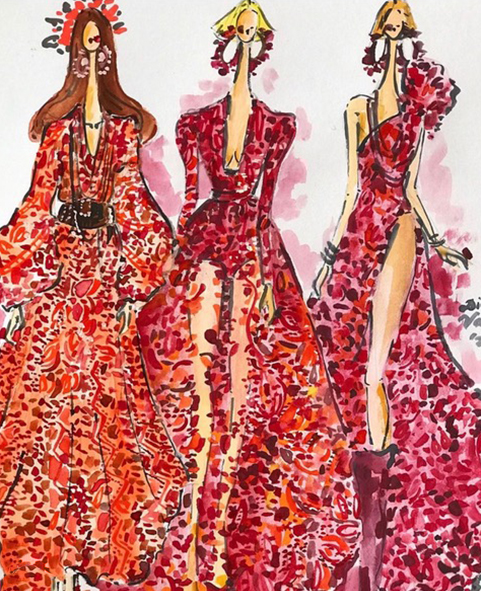


Neueste Kommentare